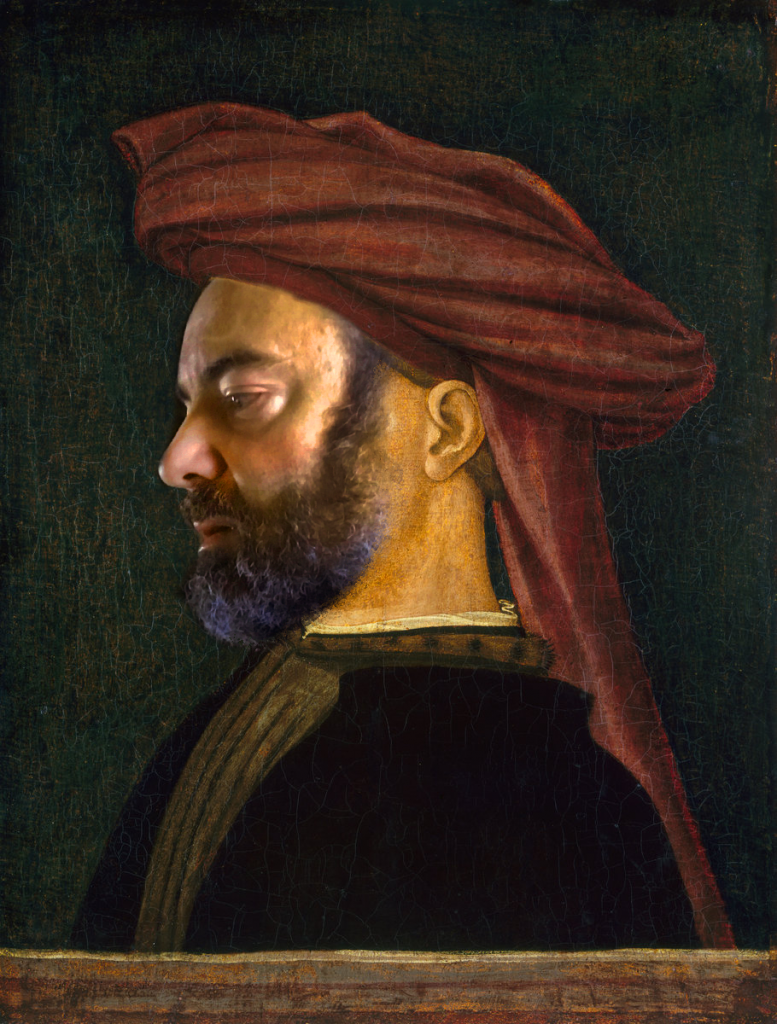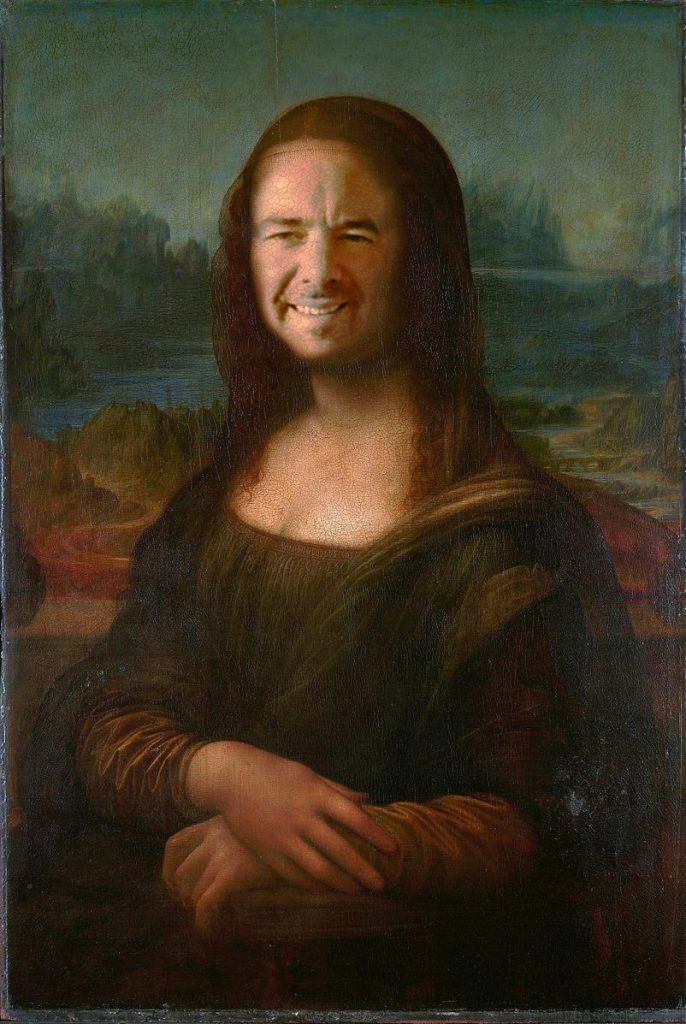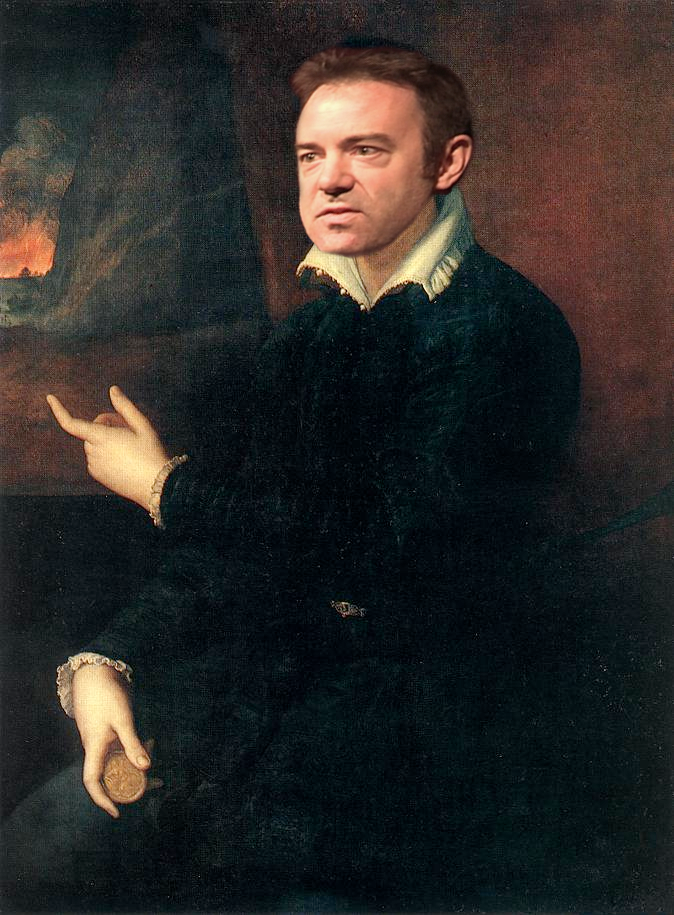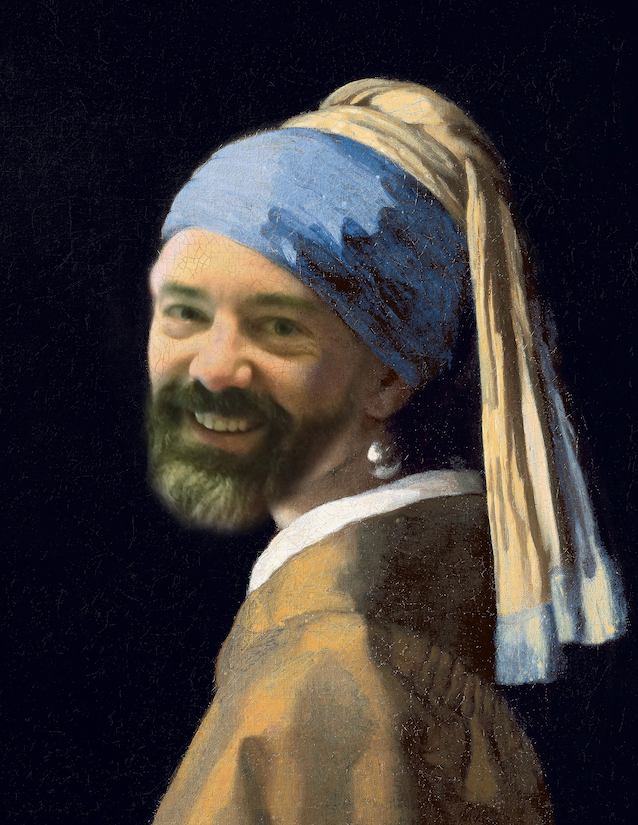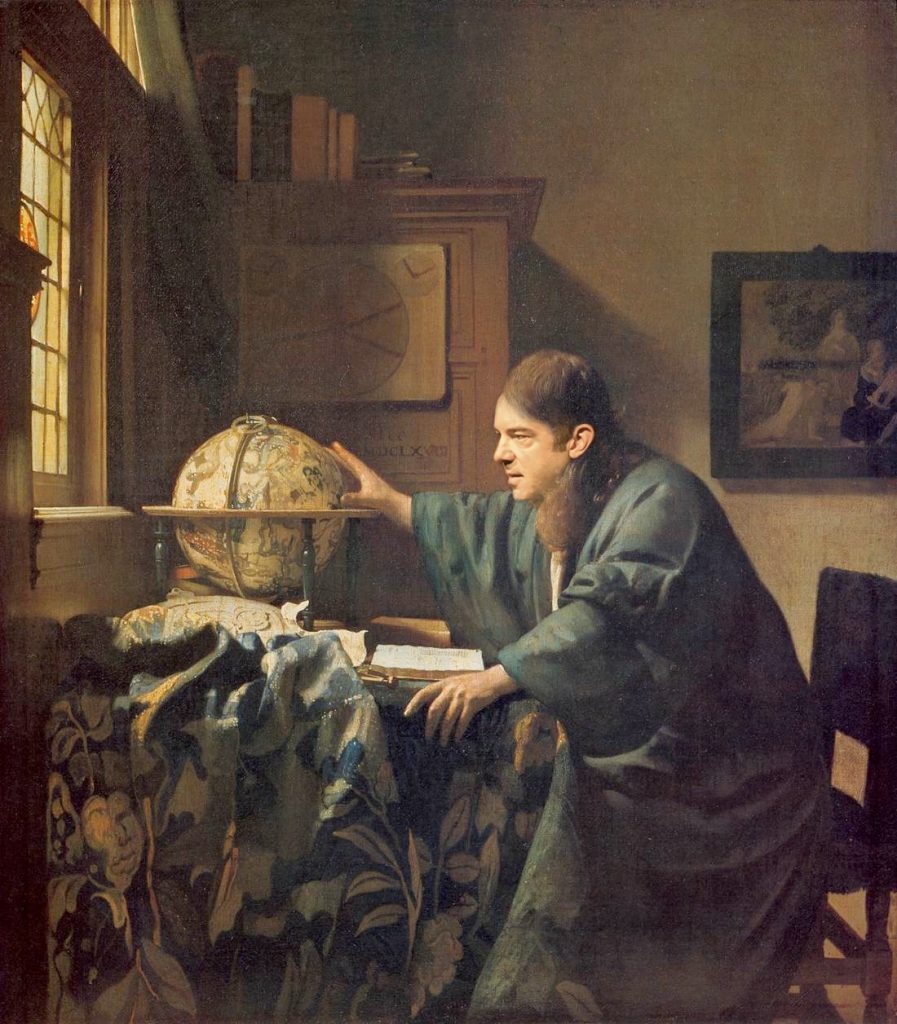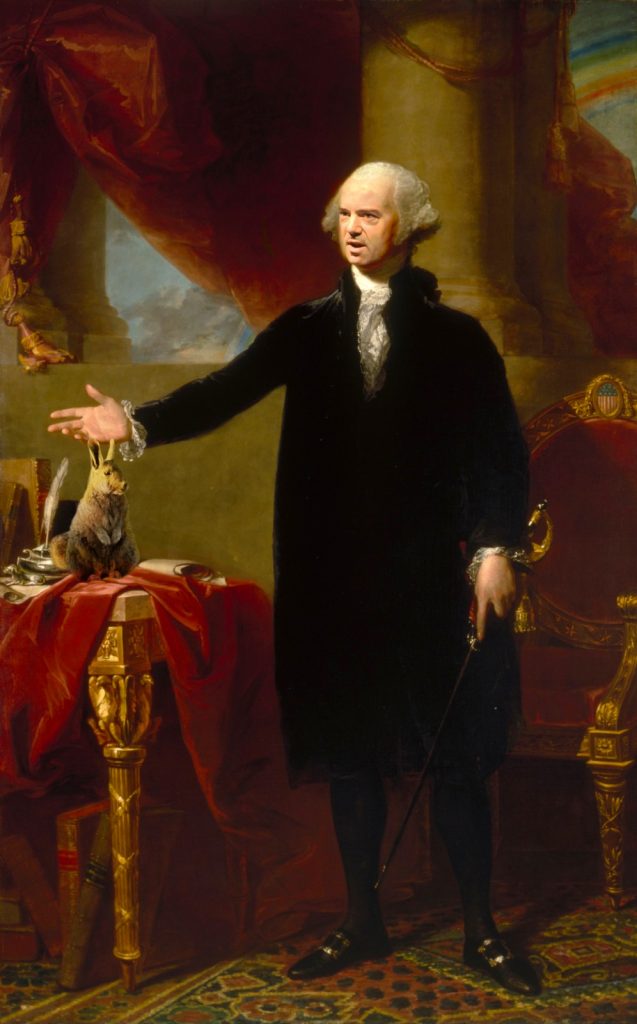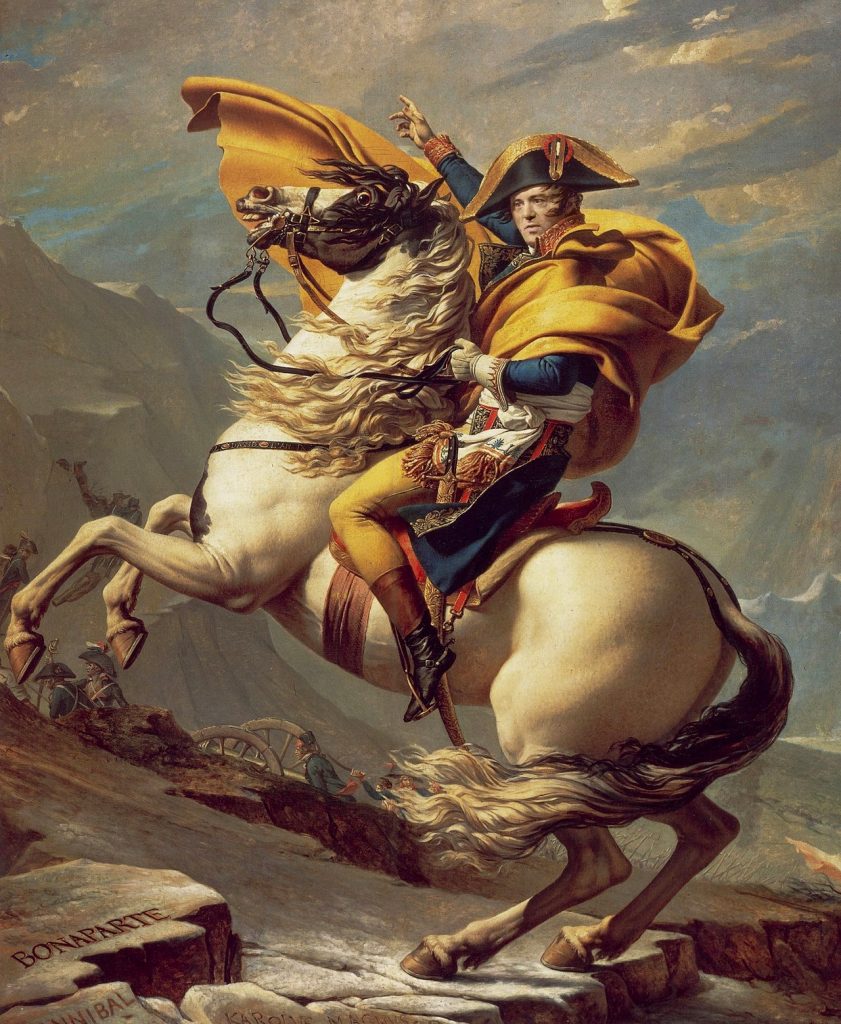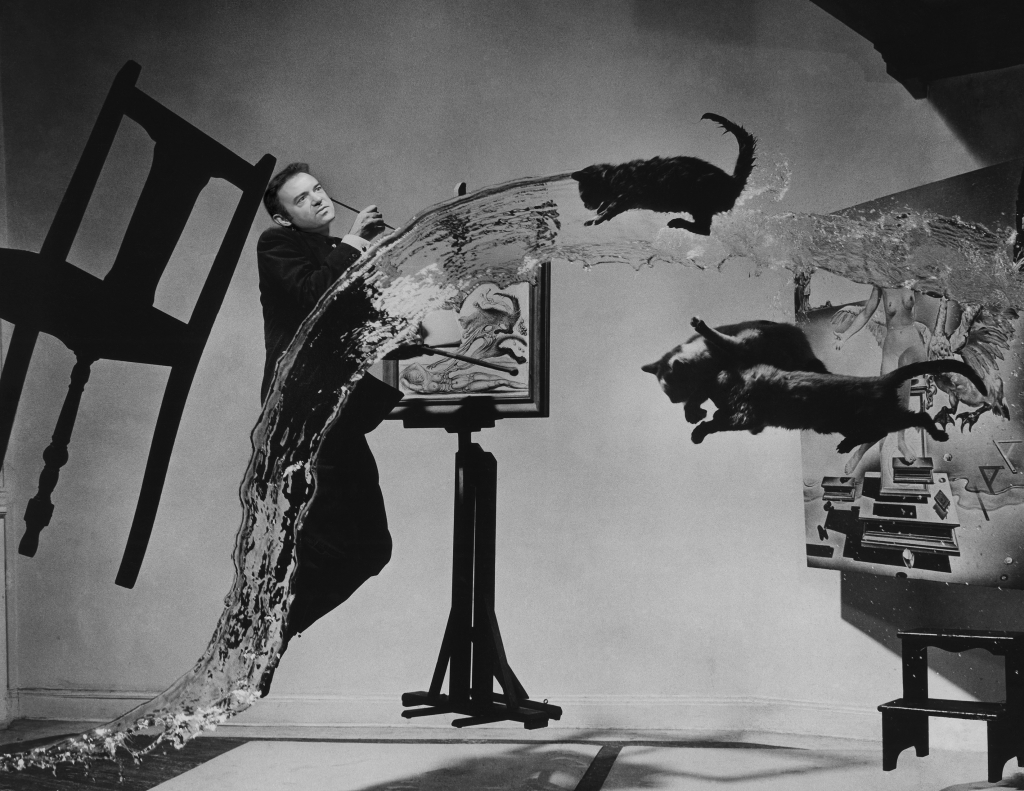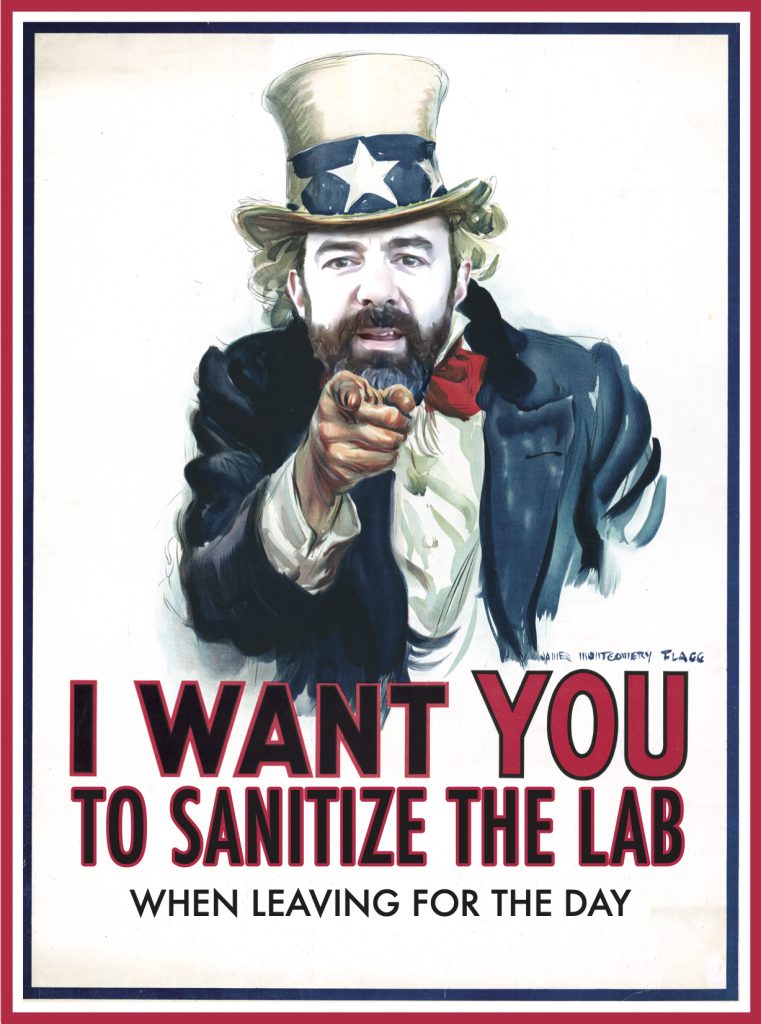I’m not saying he’s old, but he does keep showing up in historical works of art.
Category: General
MagAO-X takes its first steps
It’s been a very busy 6 weeks since we passed PSR and received the approval to ship out MagAO-X. In those 6 weeks, we’ve been working on putting the final touches for the instrument. On October 2, we were scheduled for moving the MagAO-X instrument into its shipping crate, which means lots and lots of preparation for the big day.
It’s been all-hands-on-deck with many days and late nights in the lab carefully packing the instrument and the electronics rack. Alex H and Maggie have been helping Laird with locking down all the optics on the table for minimal shifting through the transport process. Joseph, Kyle, Alex R, and I have been helping Jared with migrating the electronics from the lab rack to the MagAO-X shipping rack. Jared, Joseph, and Kyle have been working on integrating the hardware and software from the newly migrated electronics rack to the locked down testbed. The XWCL room was raining zip ties, velcro ties, and cut styrofoam for weeks. We ran out of label maker tape on the day we were packing up the instrument.
In case you missed all the fun, here’s some photos from the shipping preparation in the lab:
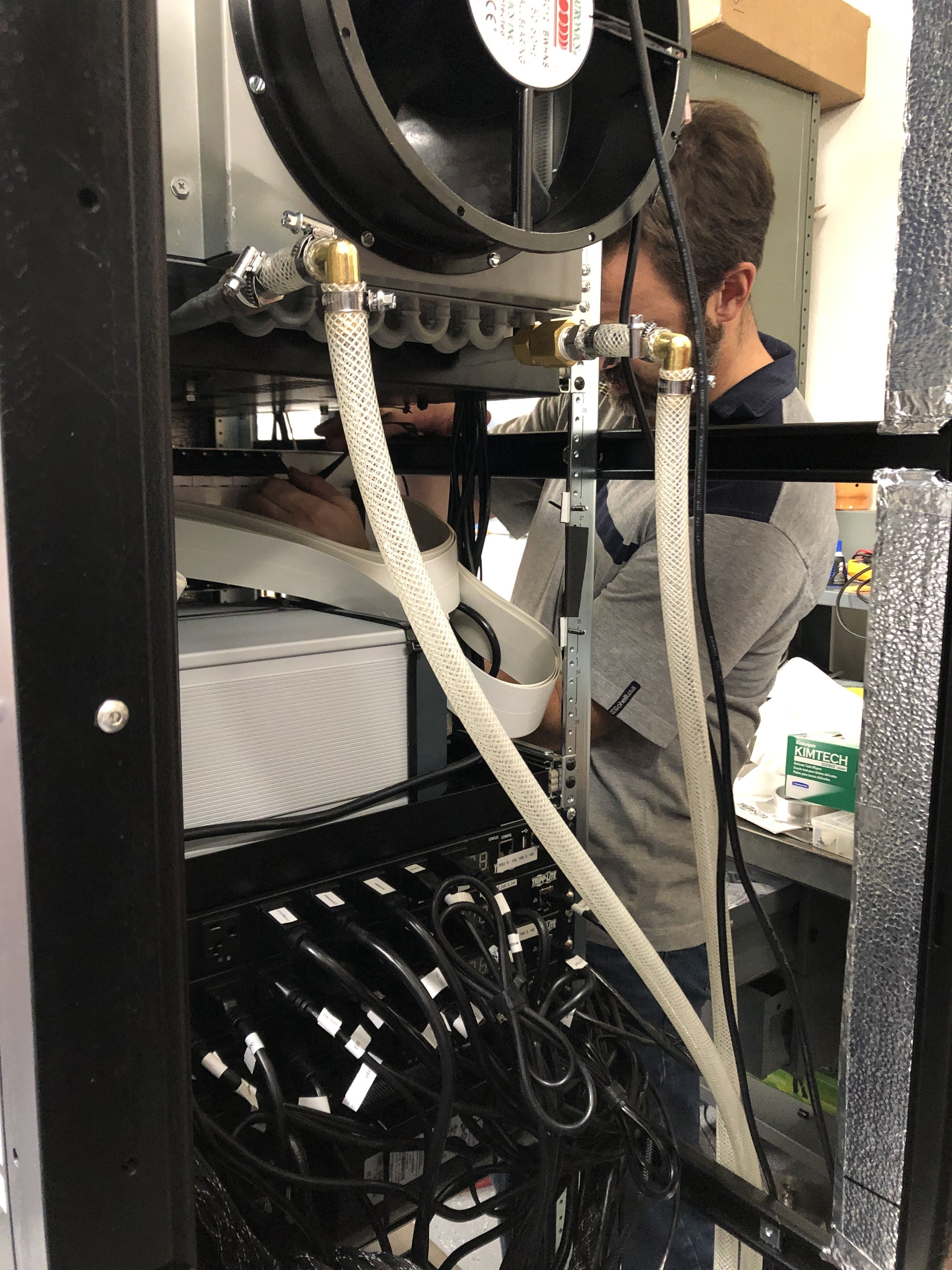
MagAO-X PI handling the scary BMC 2K ribbon cables 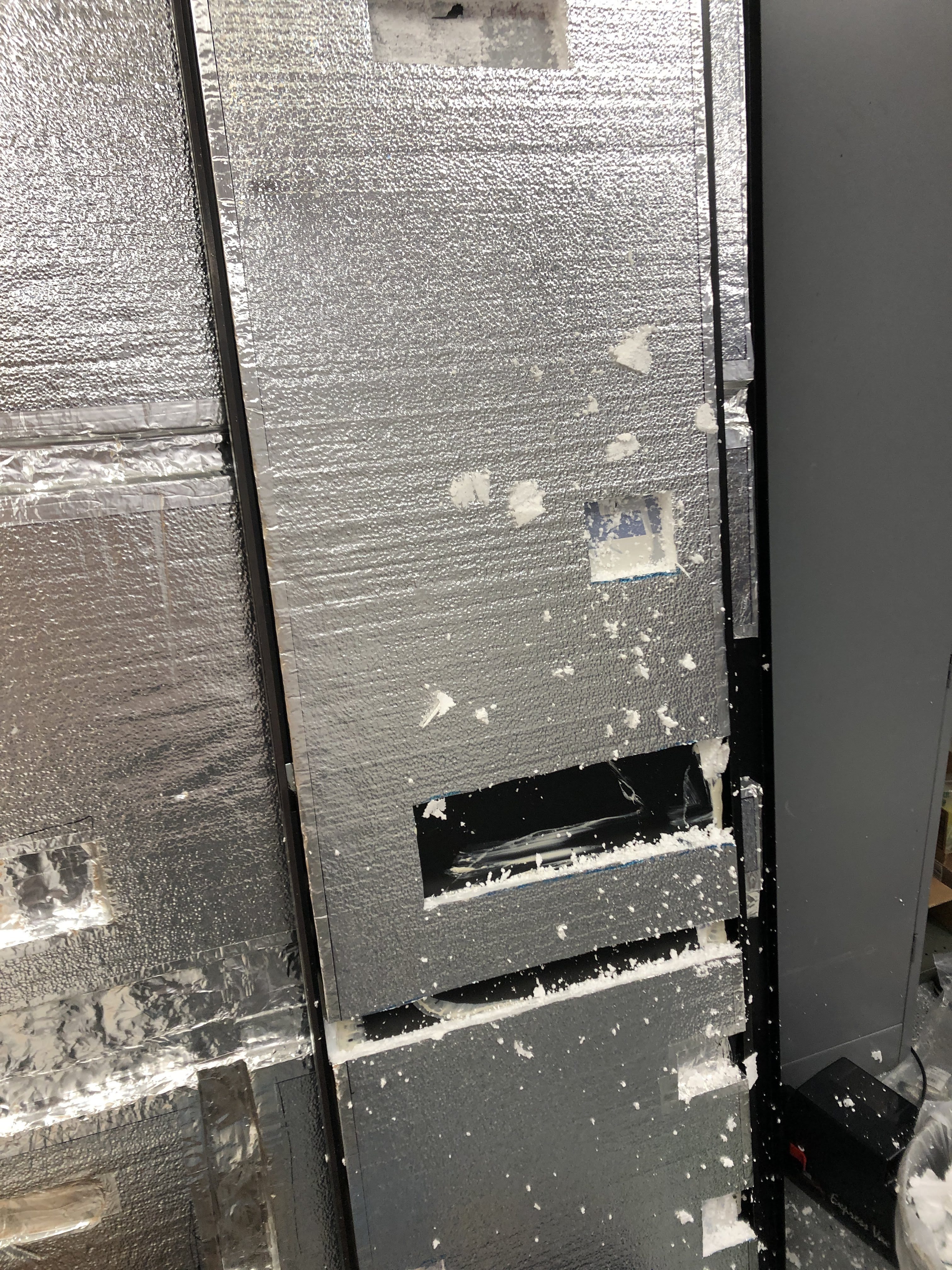
Plenty of raining styrofoam for the cable channel routing
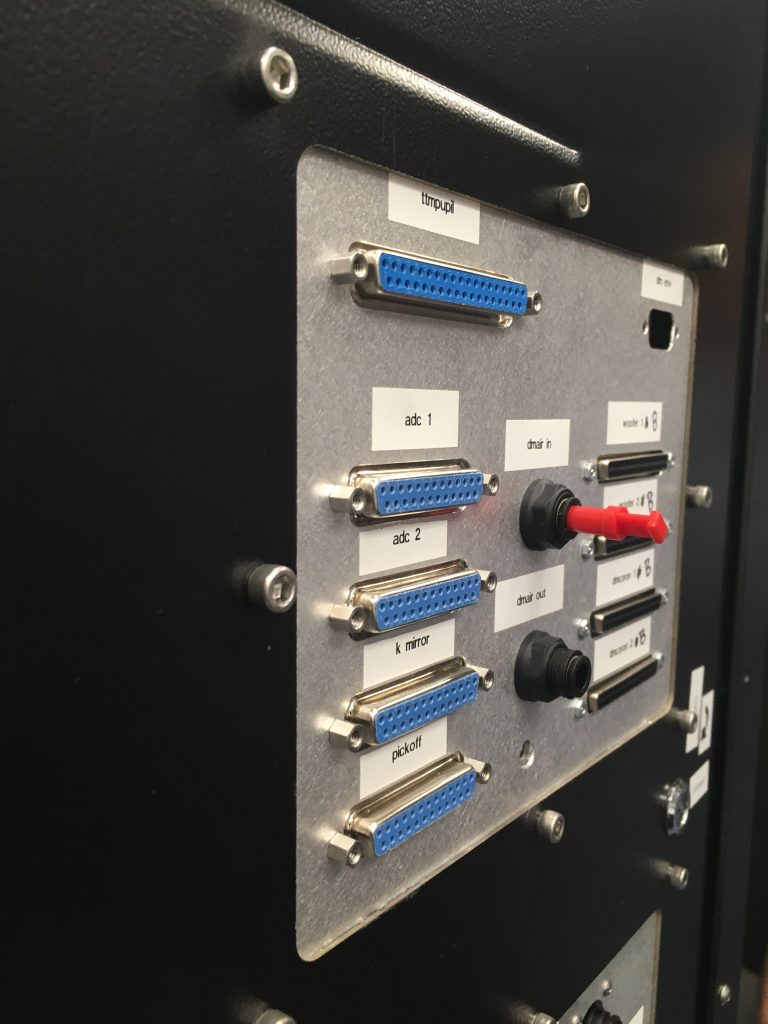
Electronics side panel close-up 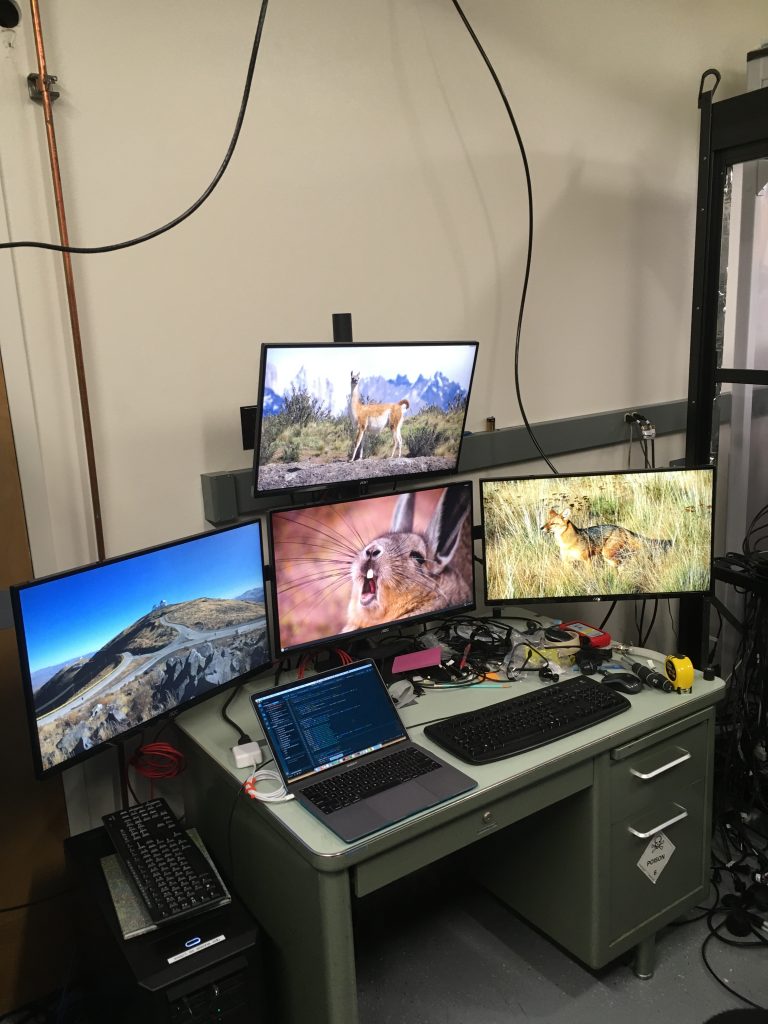
The AO controller battlestation is LCO ready!
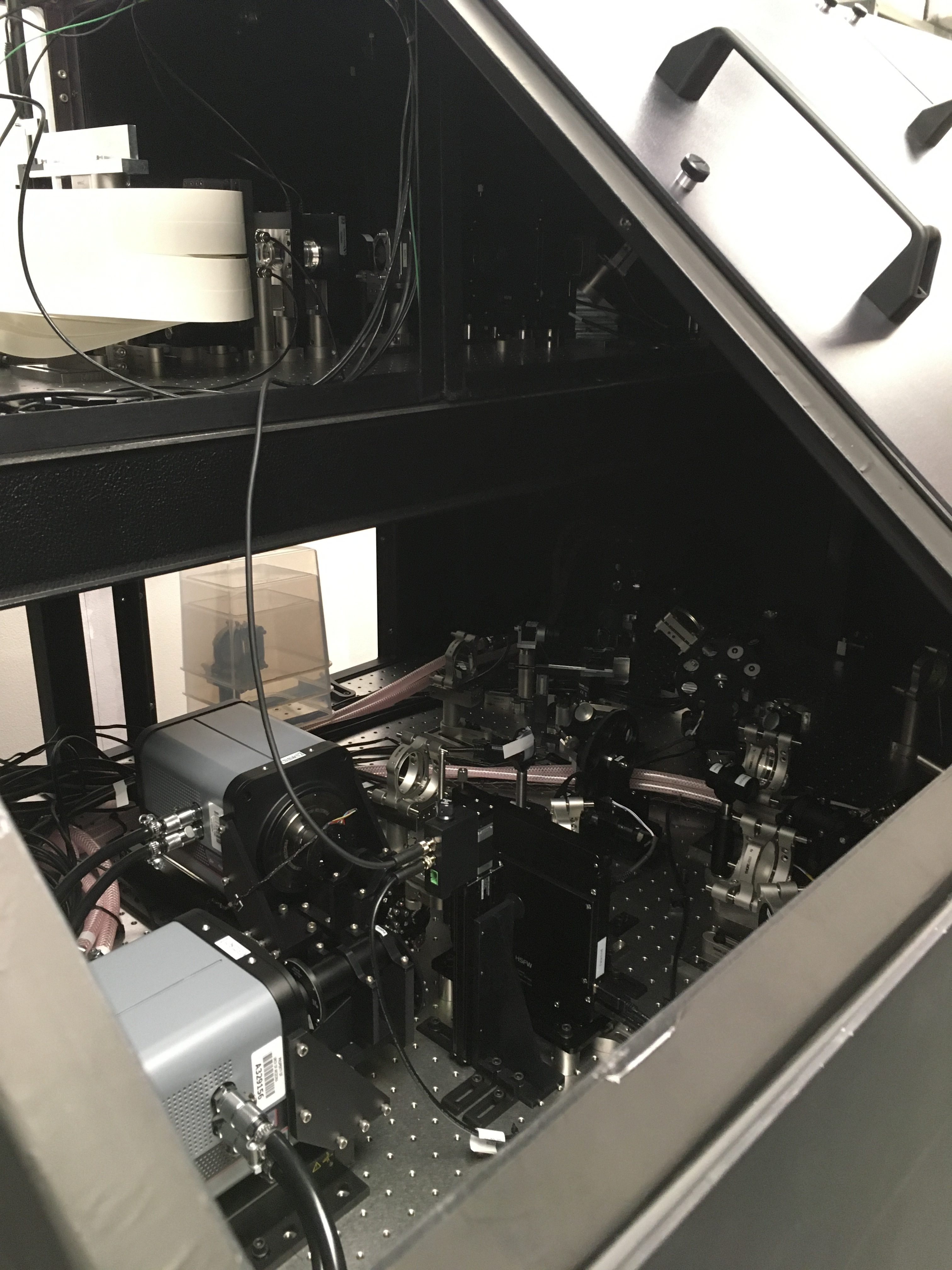
One last look at MagAO-X’s optics guts 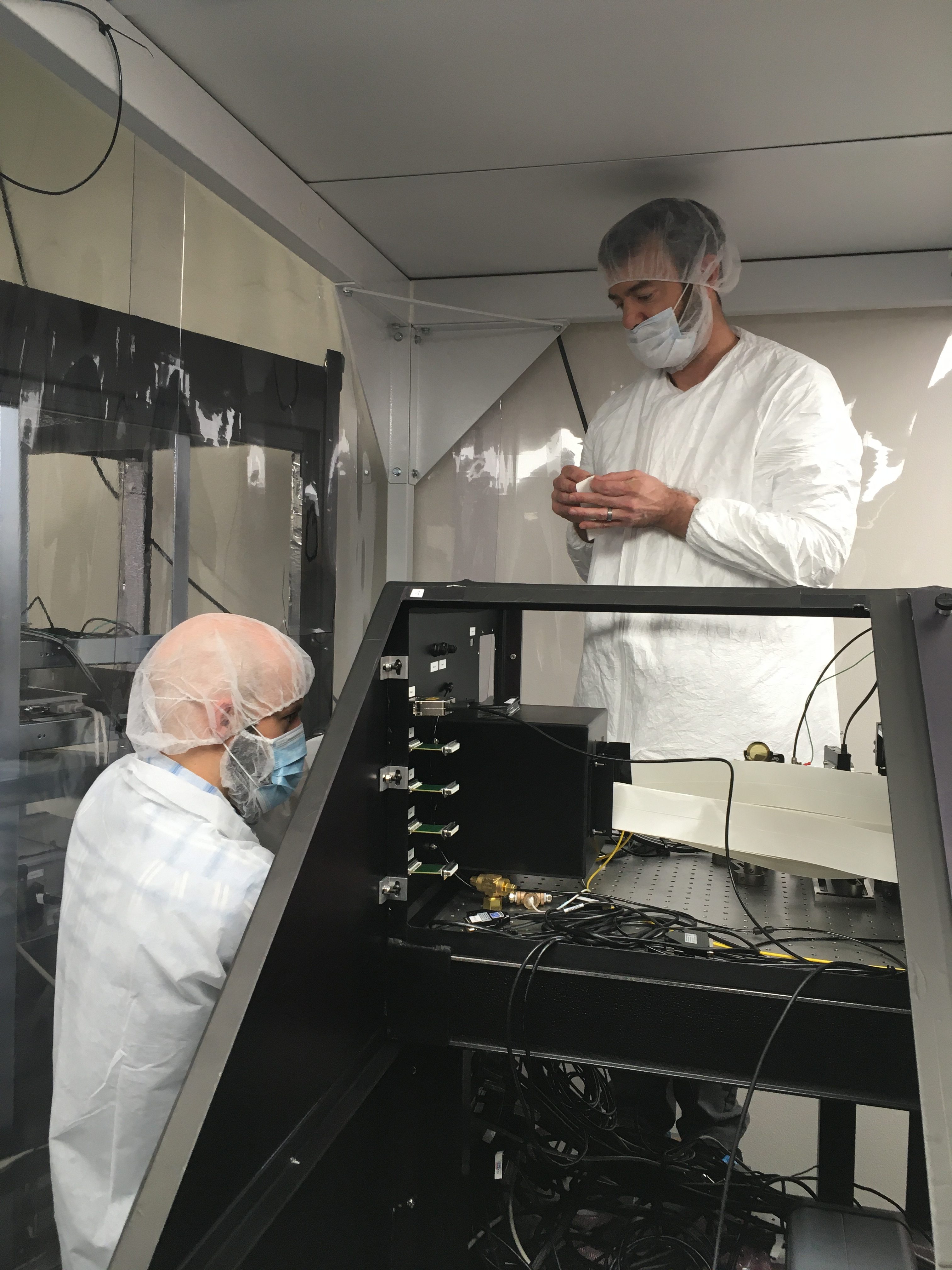
Jared and Kyle prepping the ports for the BMC 2K
The final touch for moving MagAO-X to its shipping crate was wrapping it in lots of plastic:
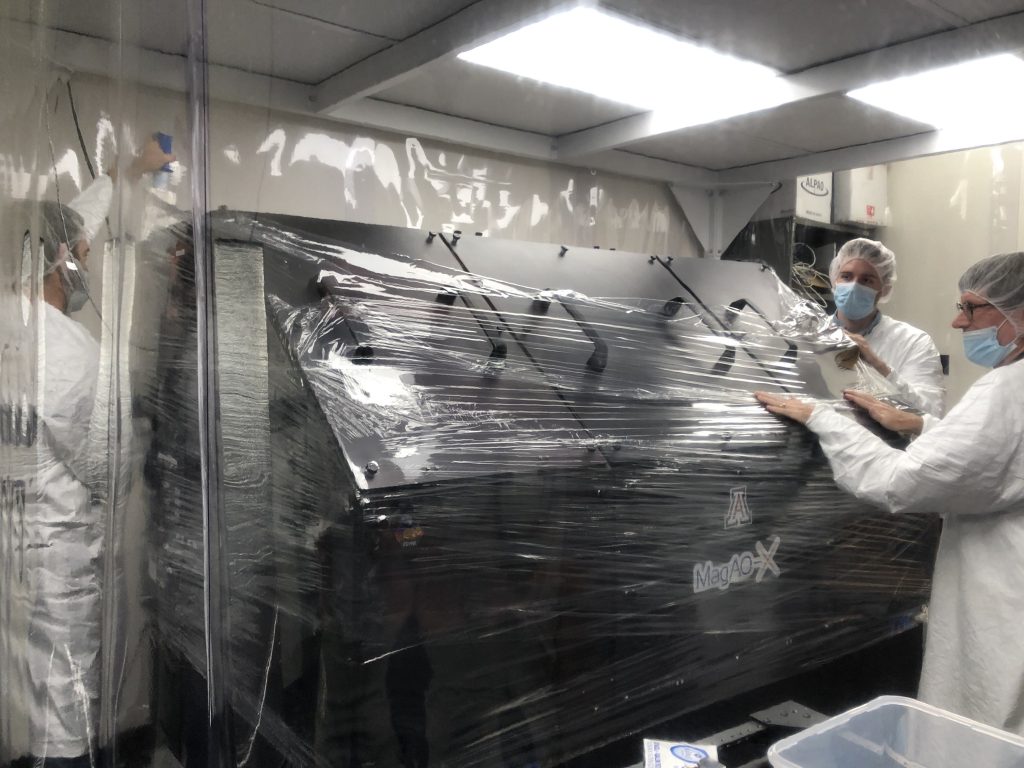
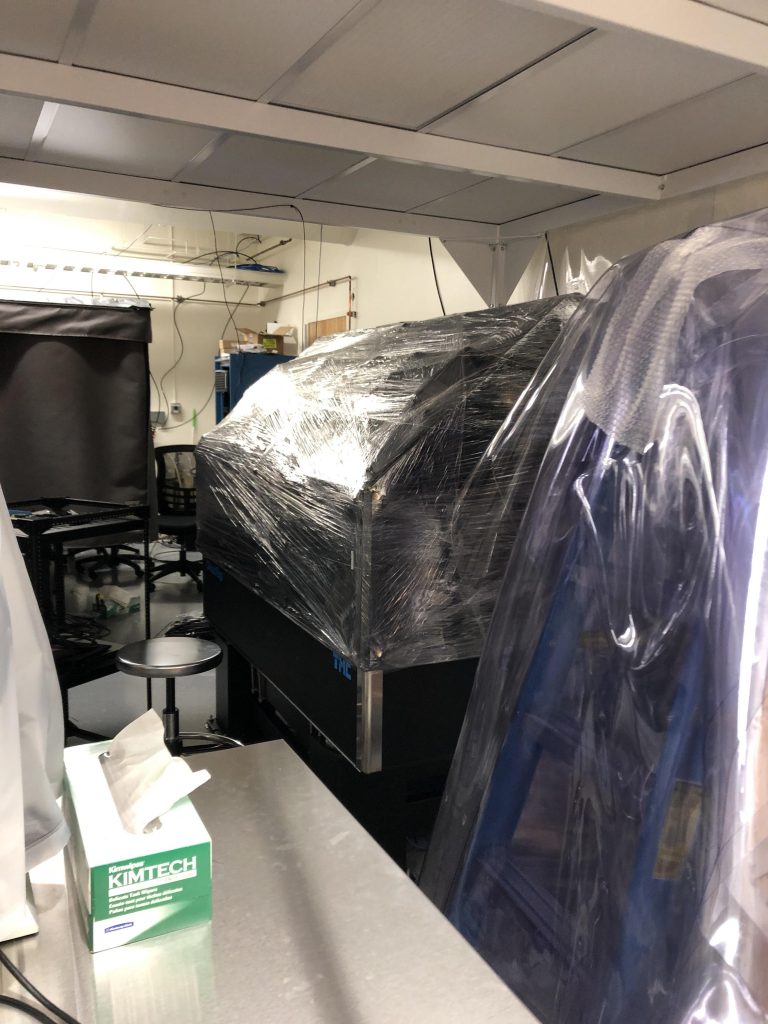
October 2 was a big milestone step for MagAO-X, the day it made its first move out of the XWCL room in Steward. However, it only moved down 1 floor (XWCL is on the 2nd floor, and the loading dock is in the 1st floor / basement). It may not seem far in MagAO-X’s journey, but it took lots of effort… in addition to the freight elevator breaking the day before. Jared, Laird, Alexes R and H, Kyle, Jamison, Nick, Victor, and I were present all day for the big event.
First thing we did was get the (new and lighter) cart onto the testbed:
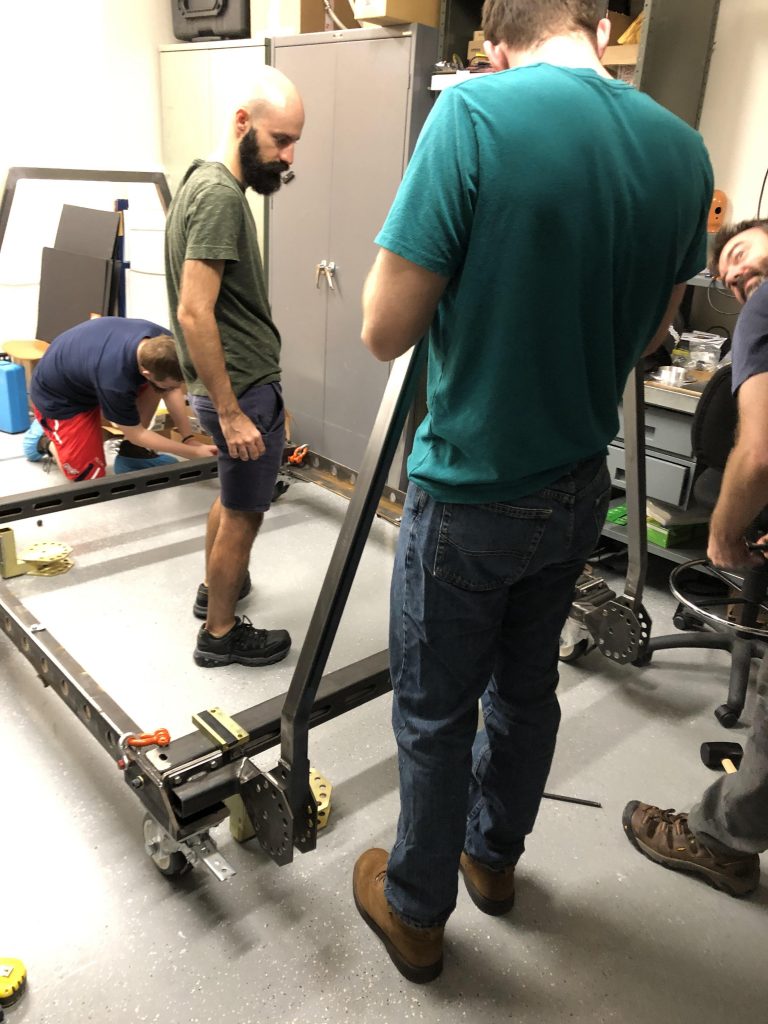
Disassembling the new cart’s handles 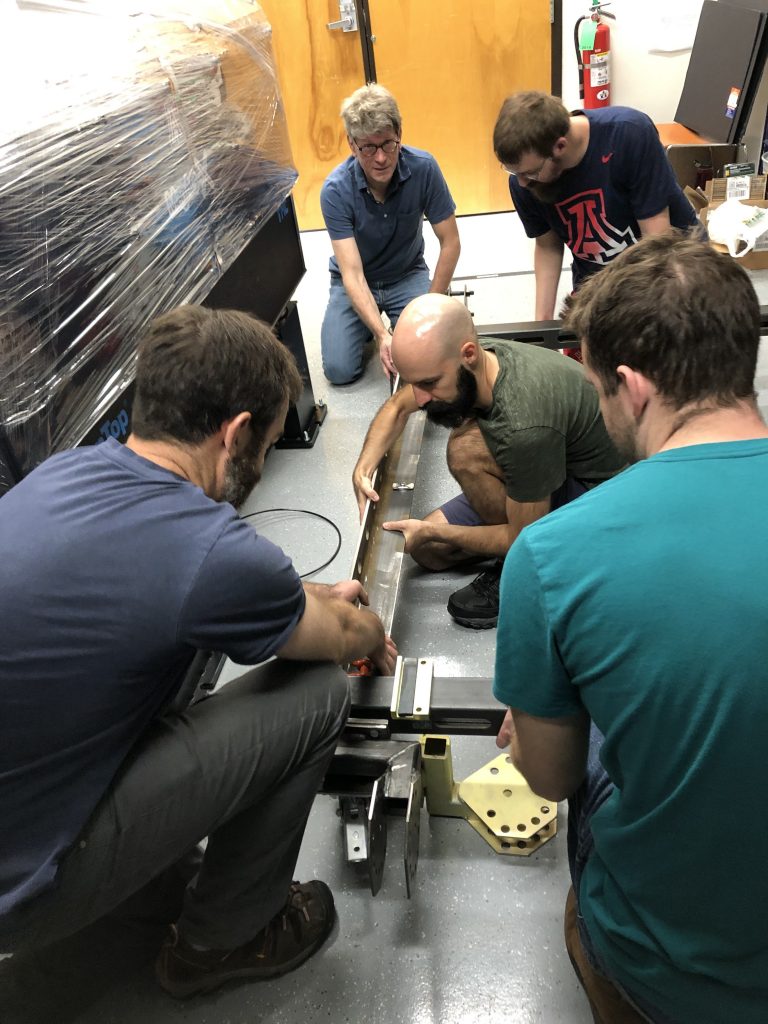
Unlocking one side of the cart
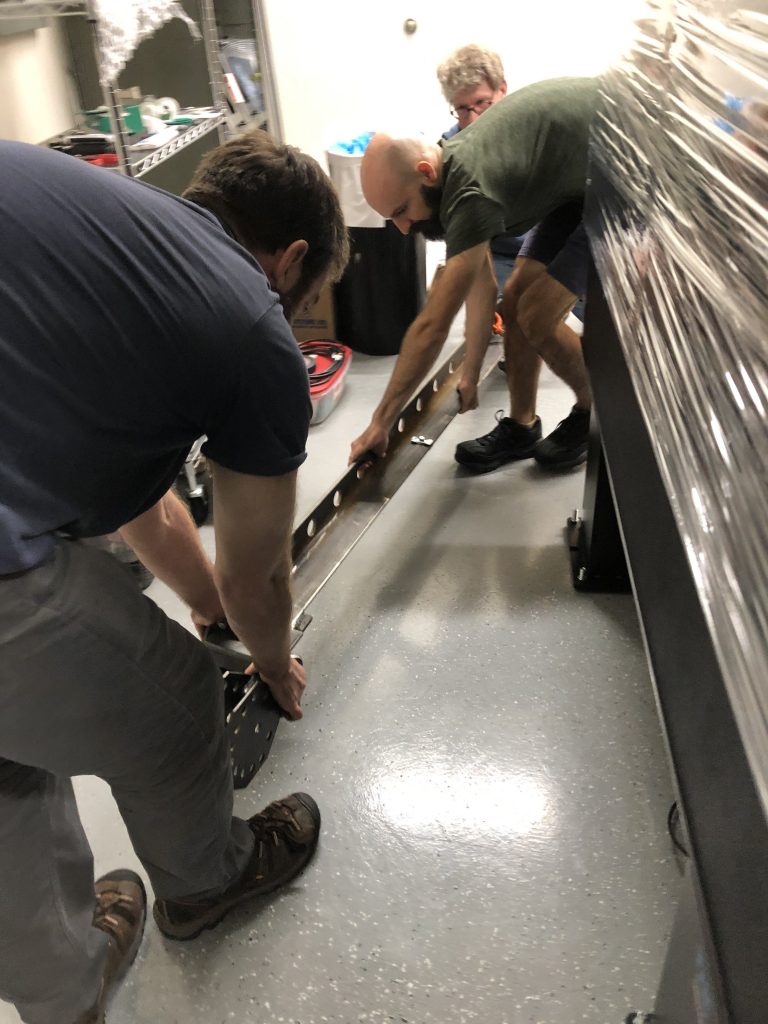
Moving one rail to the other side of the table 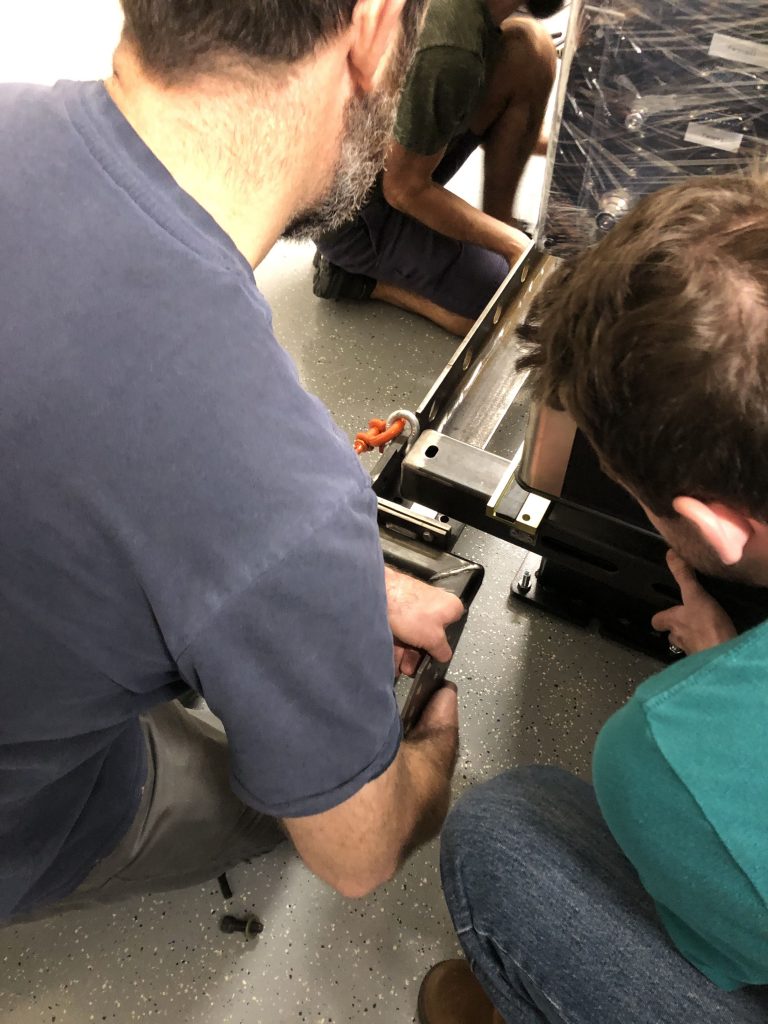
Getting the fit ready for the movers
Next, the riggers arrived to lift up MagAO-X from its legs and onto the cart:
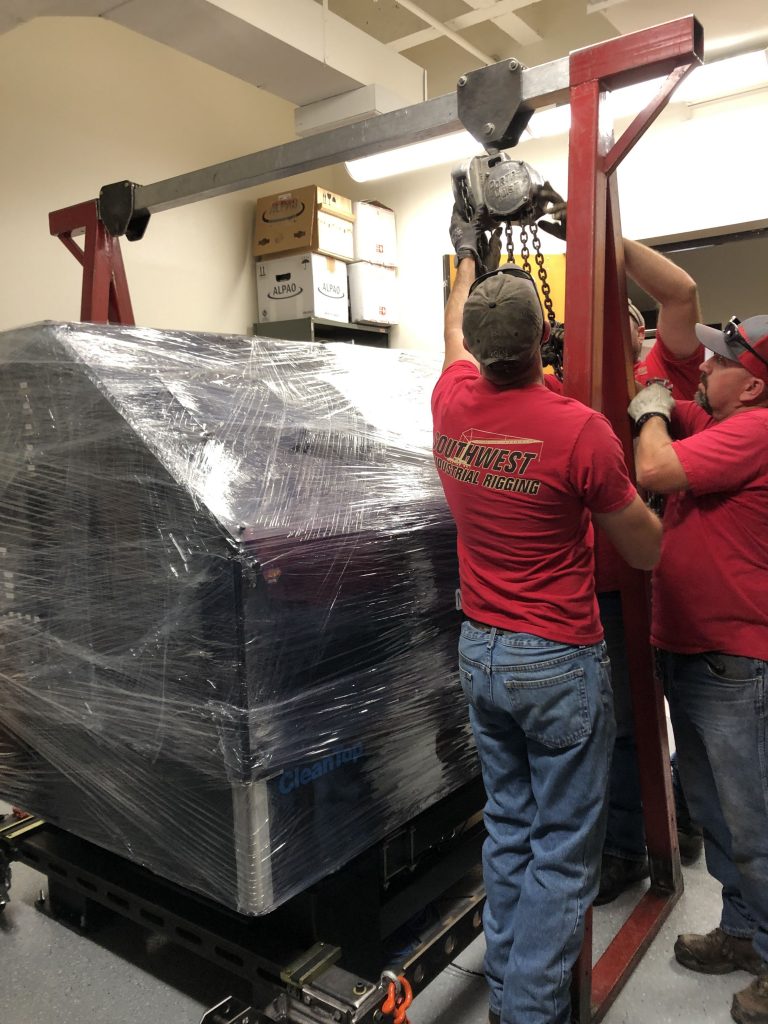
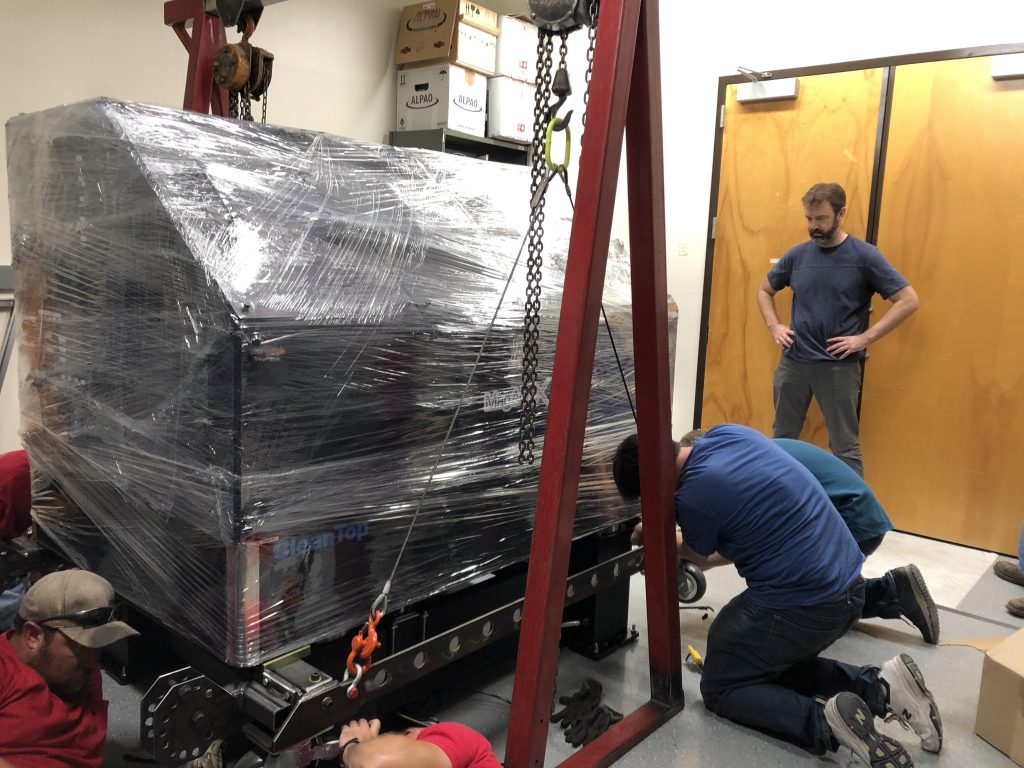
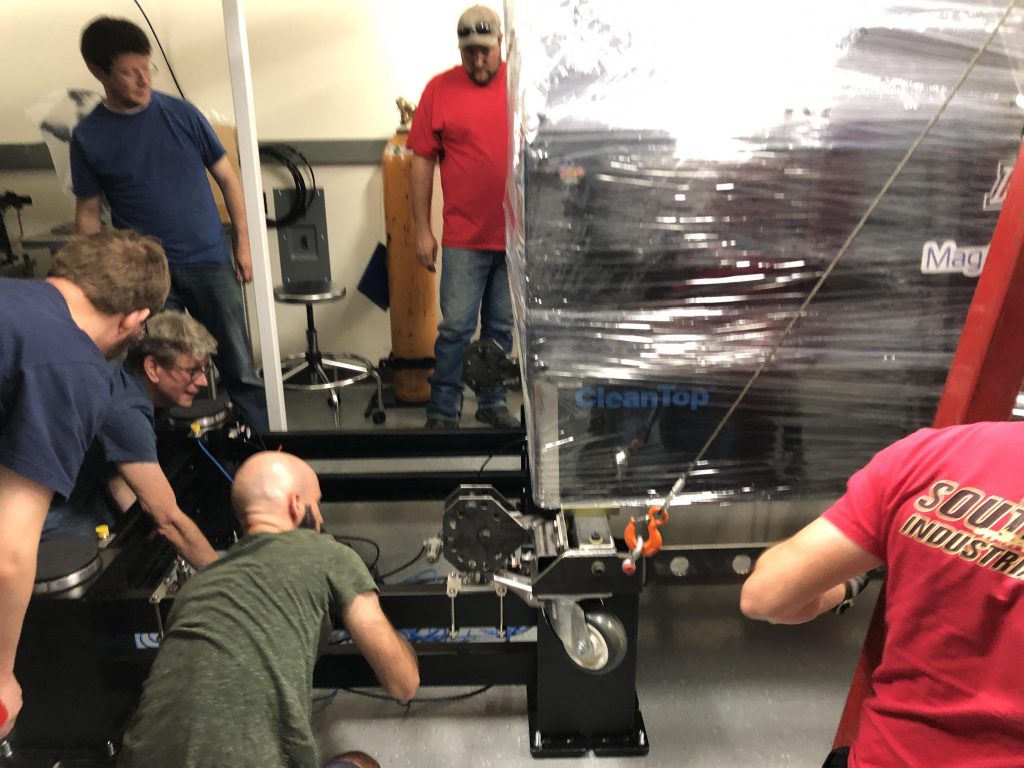
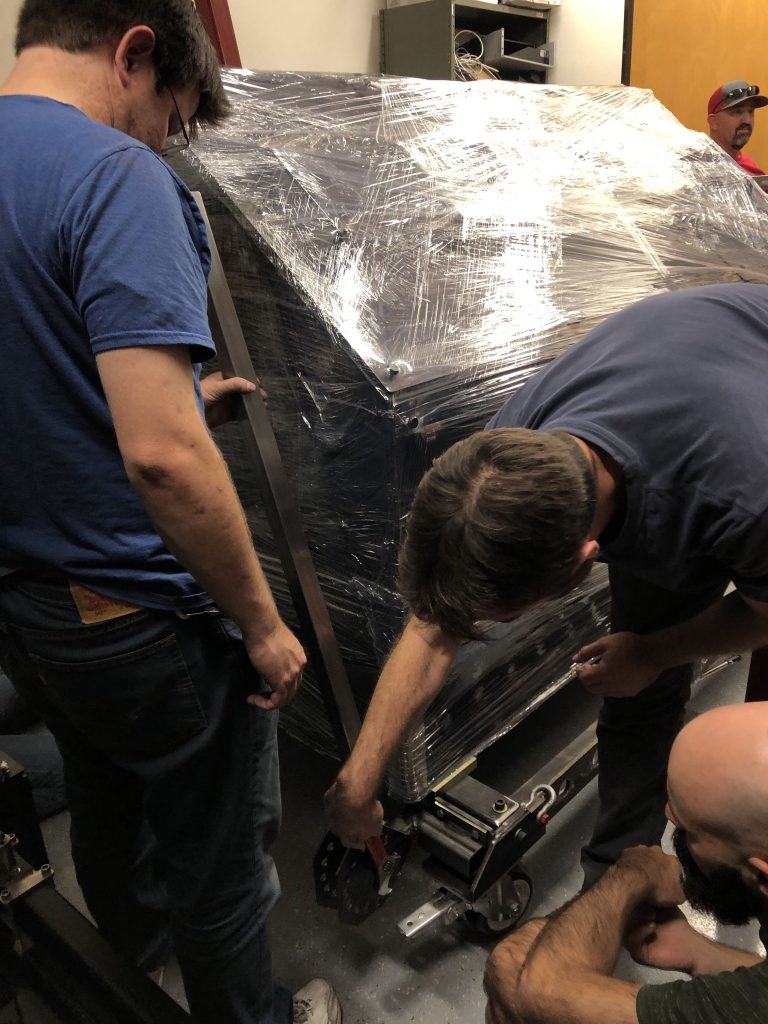
MagAO-X PI checking the cart handle bolts 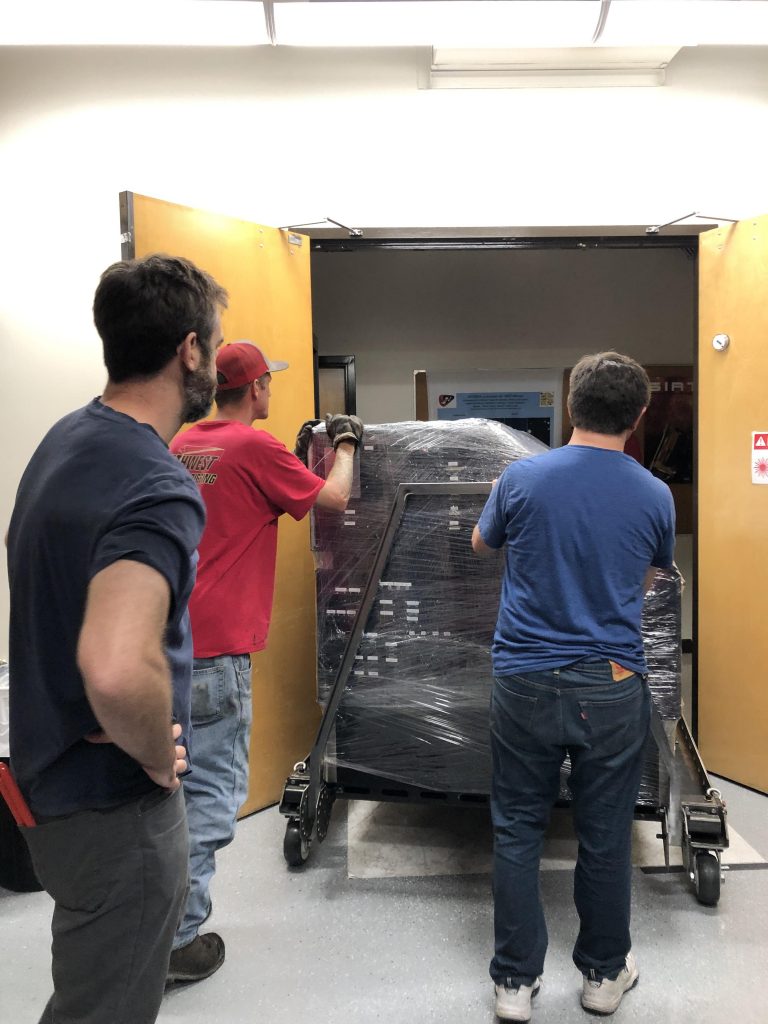
It’s ready to go outside the lab!
Then, it took a journey down the hallway to the freight elevator to go to the basement’s loading dock: (Shoutout to facilities for making sure the freight elevator worked that day no matter what!)
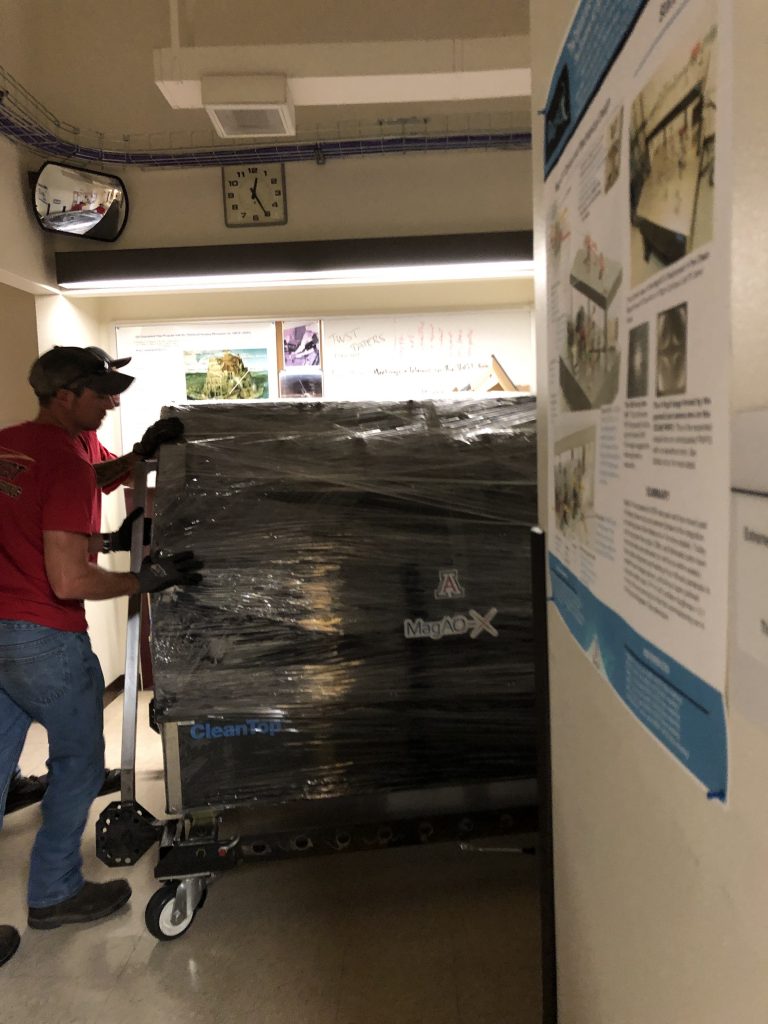
MagAO-X made the tight turn! 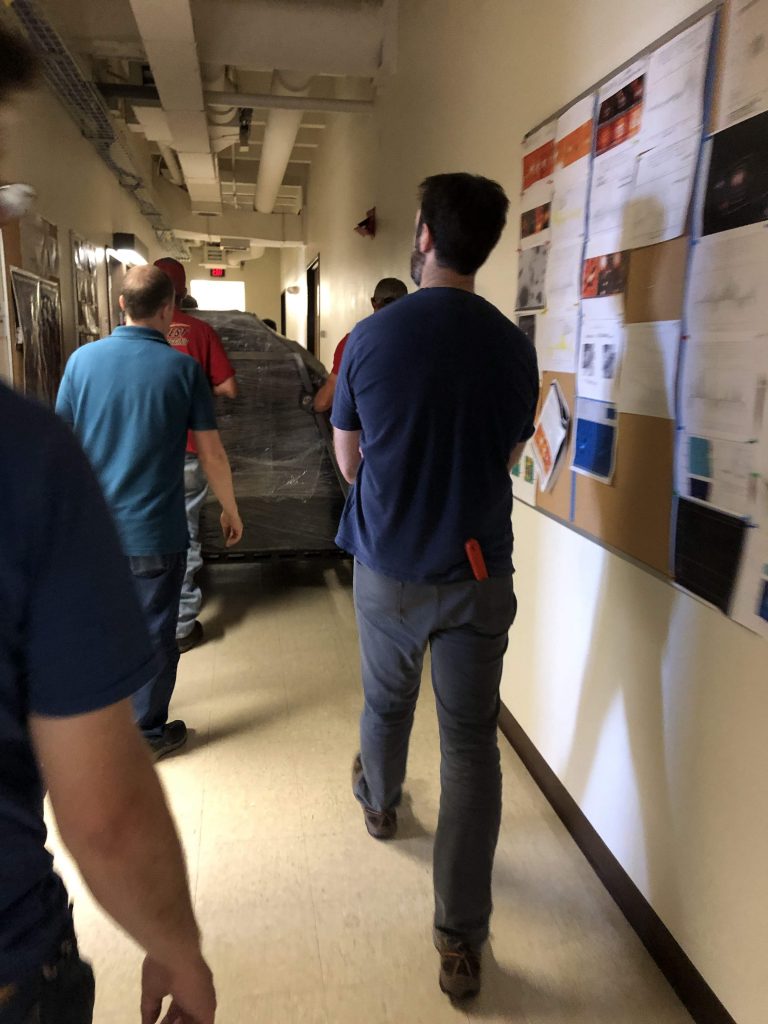
MagAO-X PI following the cart down the hall to the freight elevator
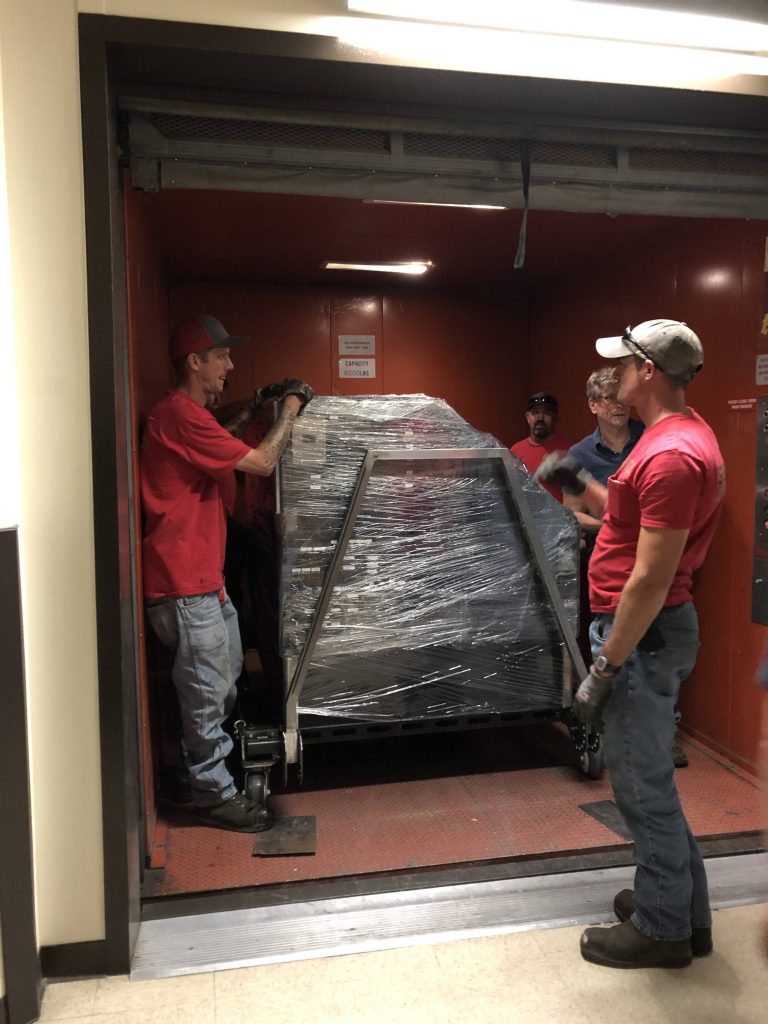
In the basement, it was carted to the loading dock area:
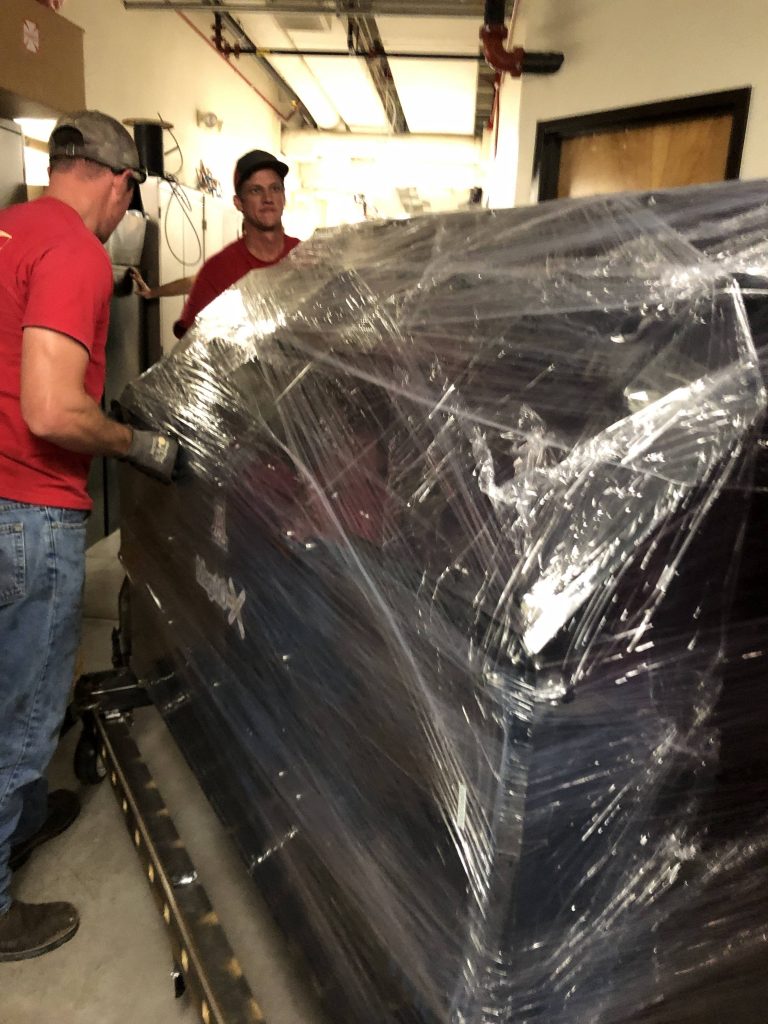
Moving MagAO-X through the basement 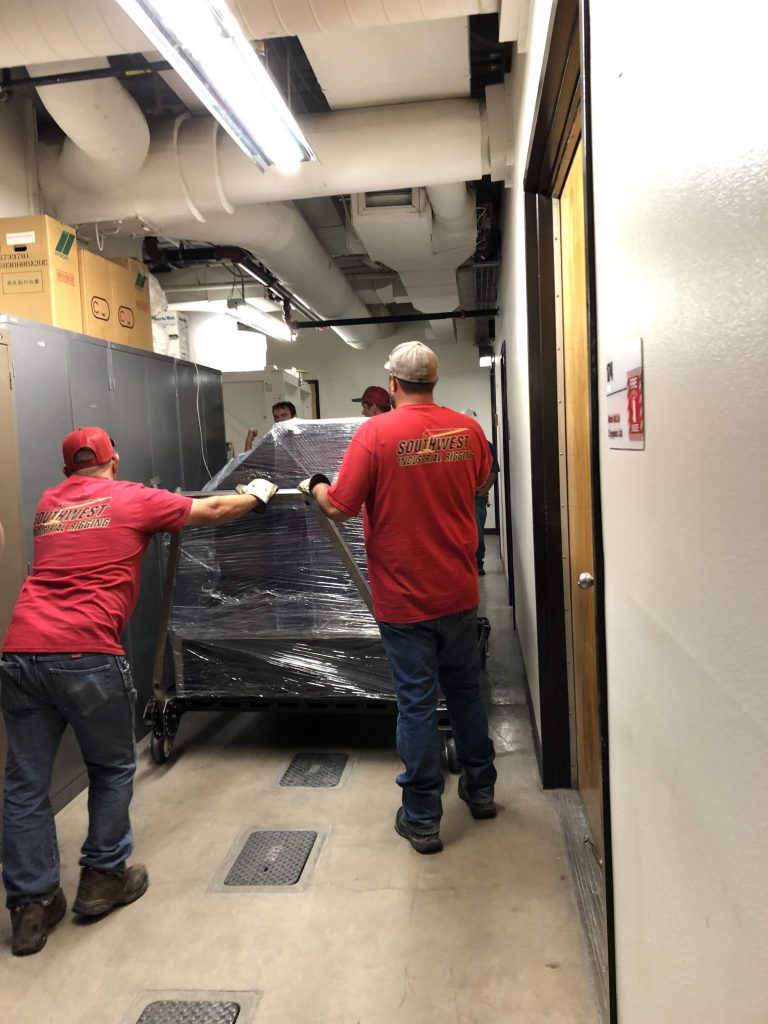
On its way to the loading dock!
The shipping crate was waiting for the instrument inside the building by the loading dock. We needed to push the shipping crate outside to the loading dock first to make room for MagAO-X:
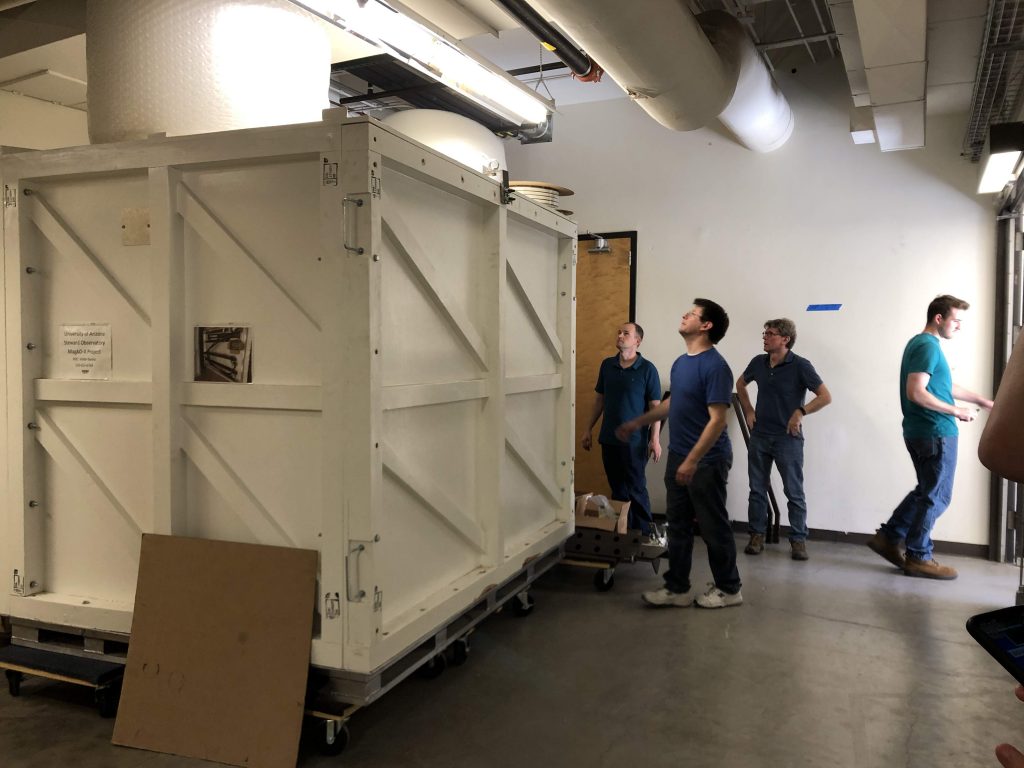
Out in the loading dock area, a crane came by and to remove the crate’s cover:
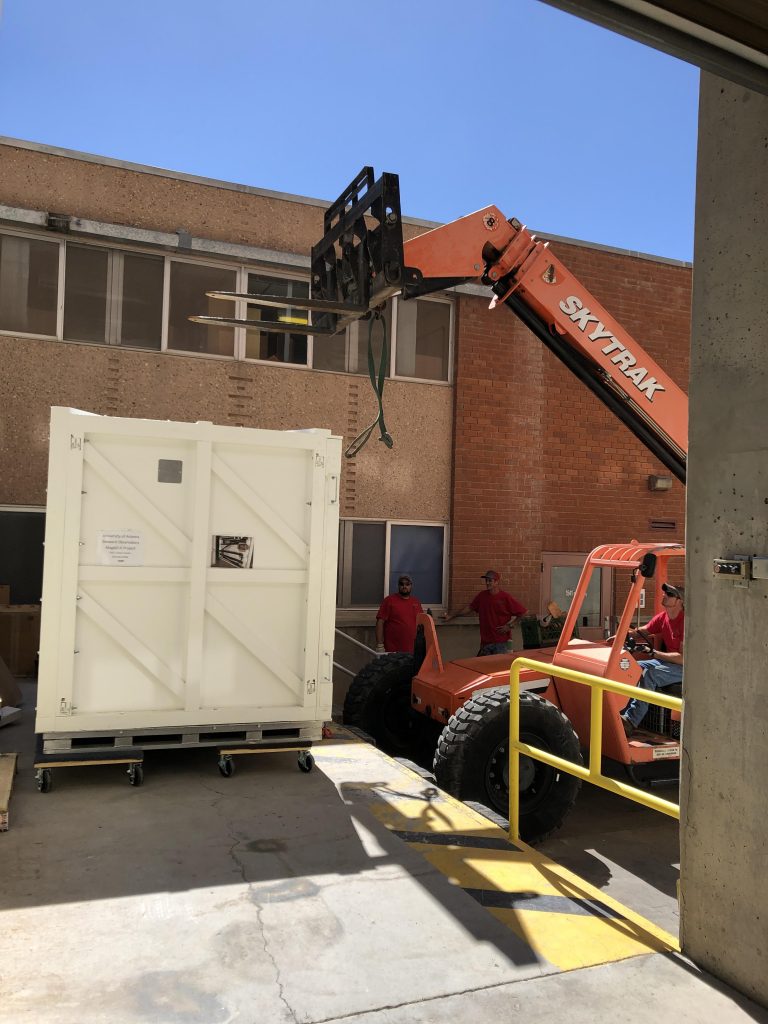
Inside the crate was the testbed’s shipping frame to maintain balance for MagAO-X. Jamison presented these at PSR. The PSR drawings don’t look fancy, but seeing them in person is super legit:
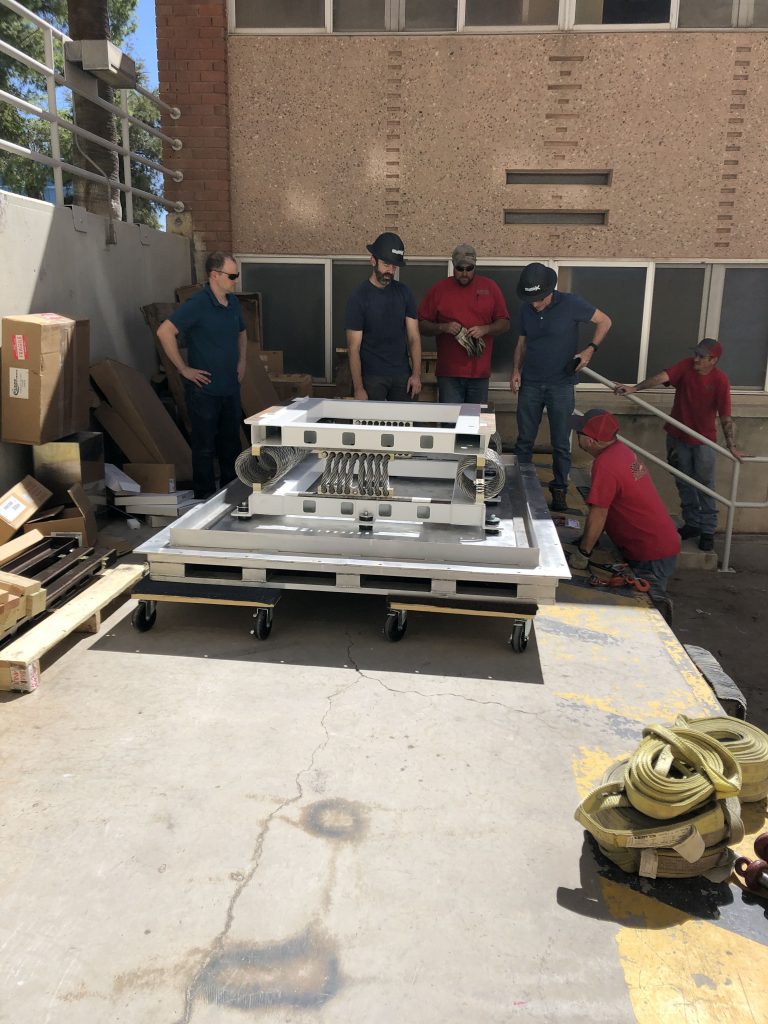
We wheeled out MagAO-X for it to be craned onto the shipping frame:
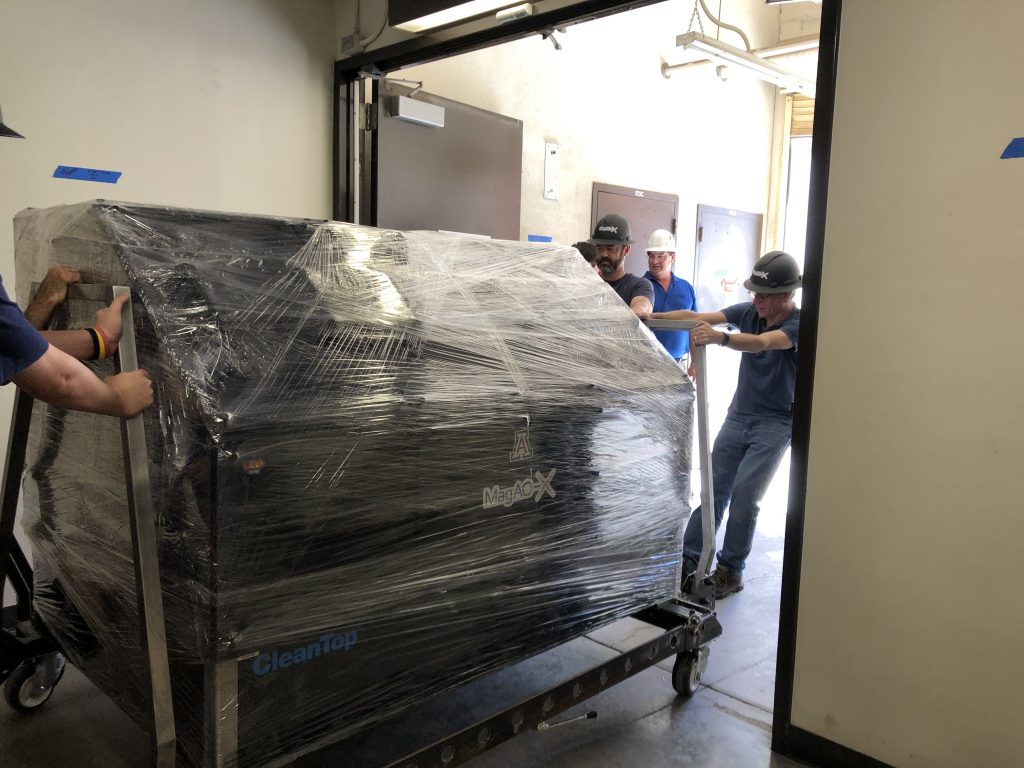
Jared and Laird leading MagAO-X to the light of day 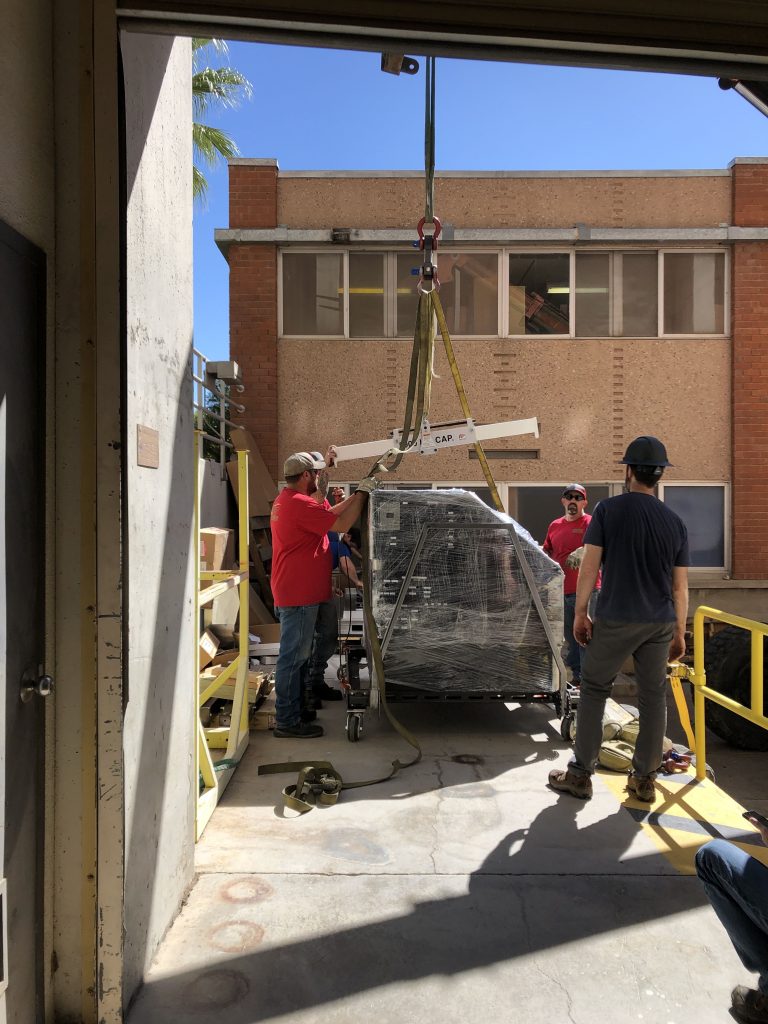
Setting the crane up with the instrument
However, like all great projects, no matter the extent of our preparation, we encountered some issues with hardware. While fixing that, we encountered another issue – MagAO-X started overheating after exposure to the sun. The black metal panels absorbed lots of heat and the plastic wrap encouraged a greenhouse effect. So, we wheeled it back inside the building to let it cool down:
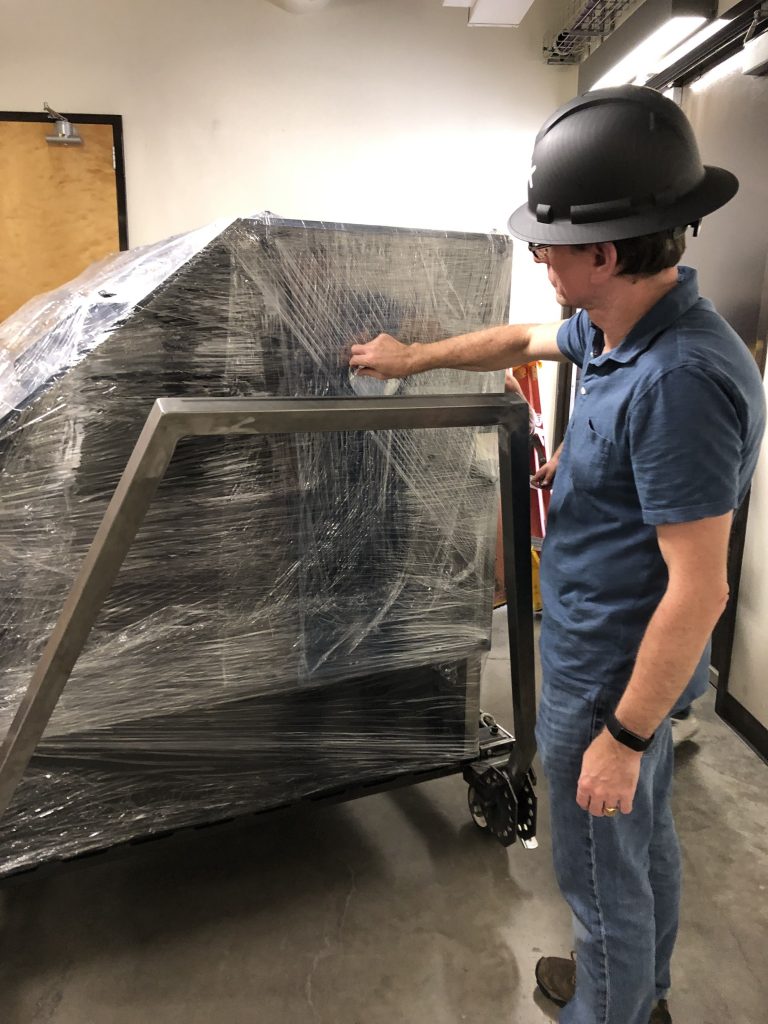
When the hardware issues were cleared, we wheeled MagAO-X back outside and the exciting crane process began:
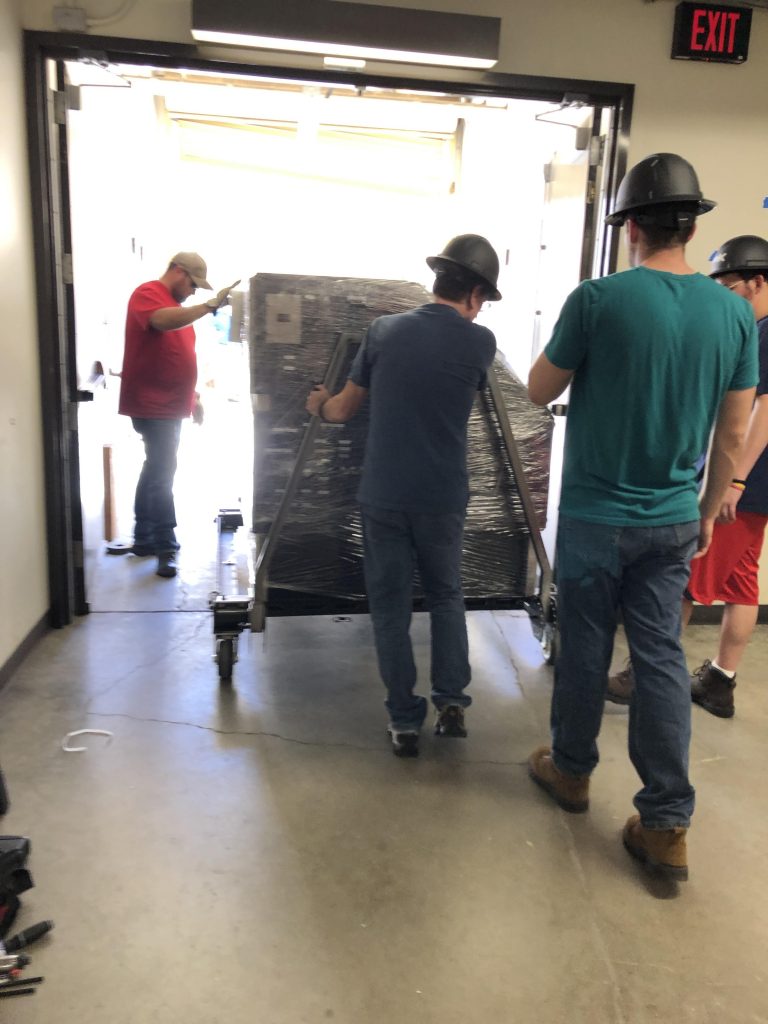
Out you go again… 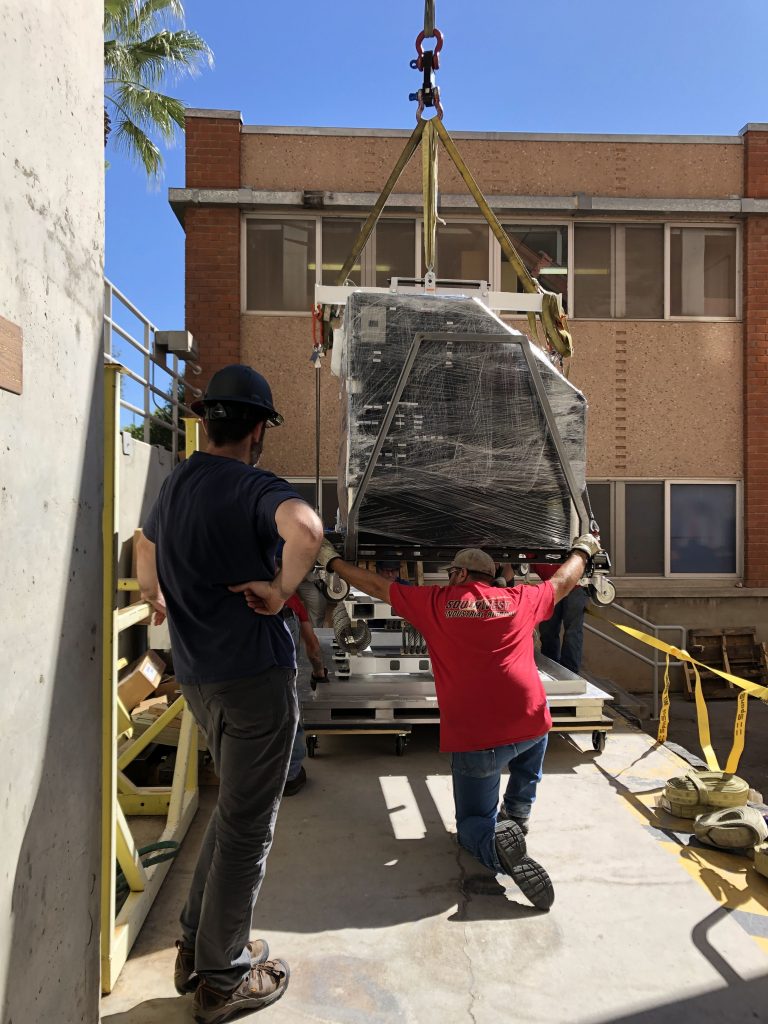
MagAO-X PI watching the lifted instrument line up with the shipping frame
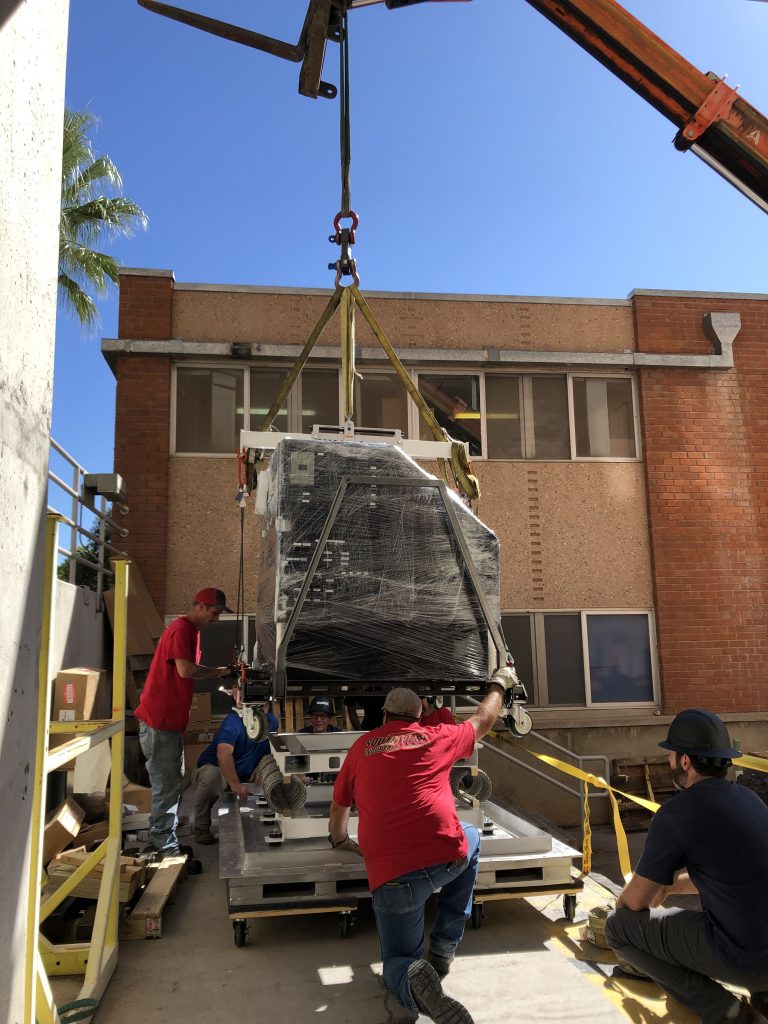
MagAO-X PI watching the fine lining up 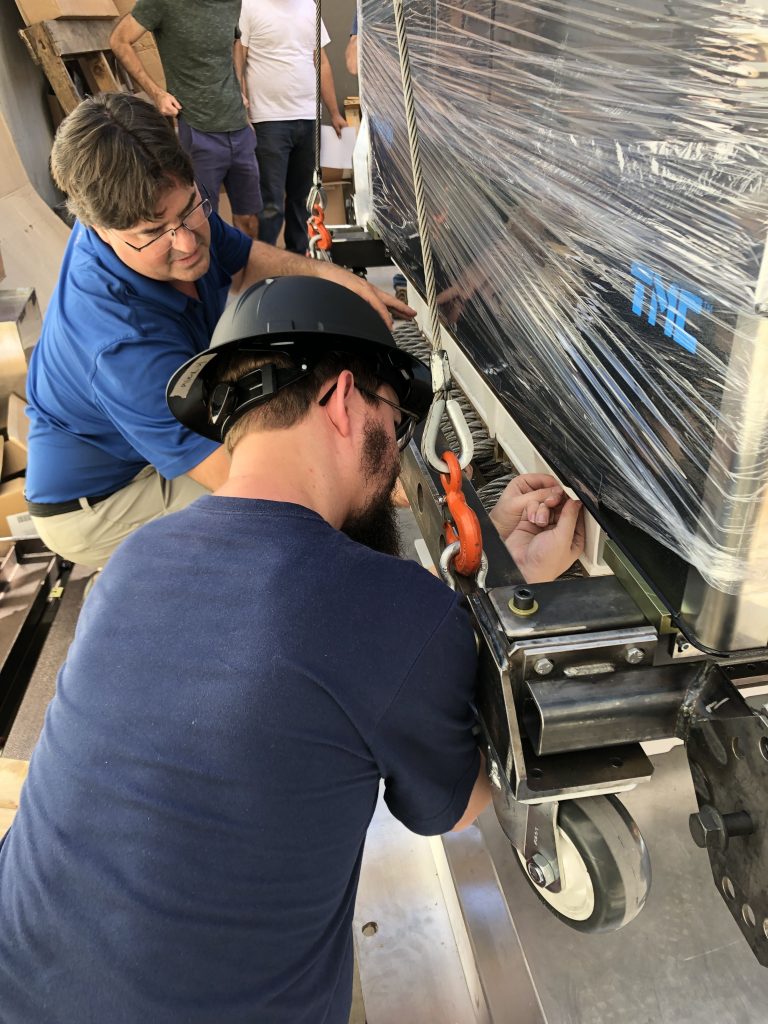
Victor and Alex R removing the cart after the testbed was connected to the shipping frame
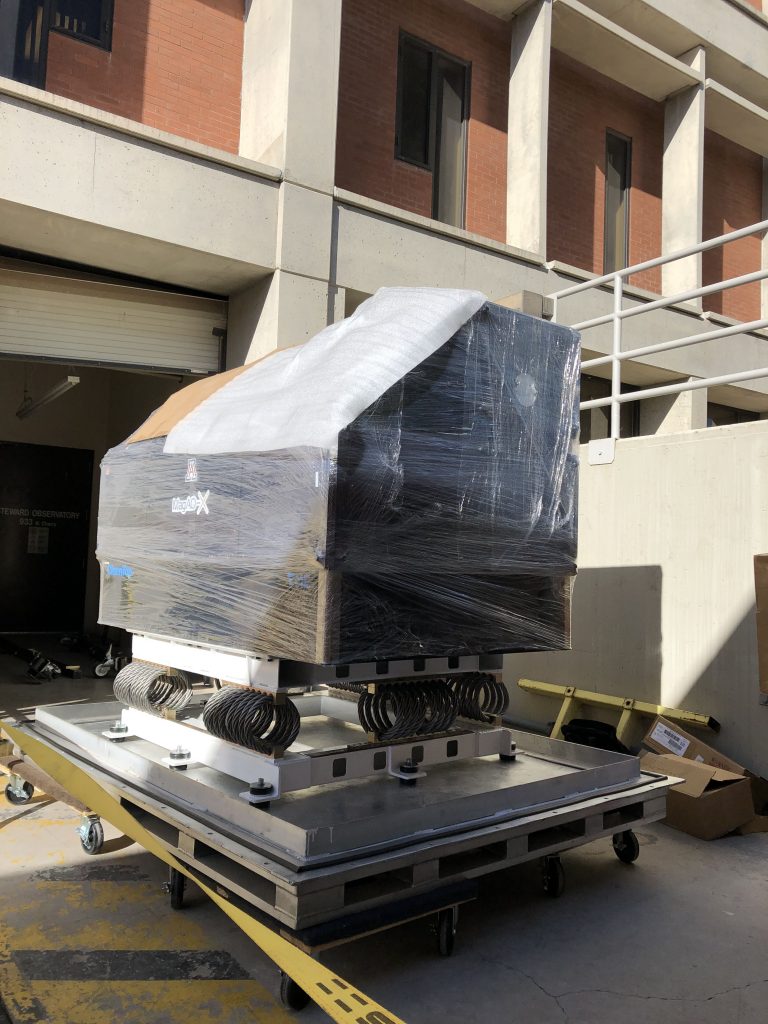
With MagAO-X craned onto its shipping frame and bolted down, the crate cover was craned back to enclose the instrument:
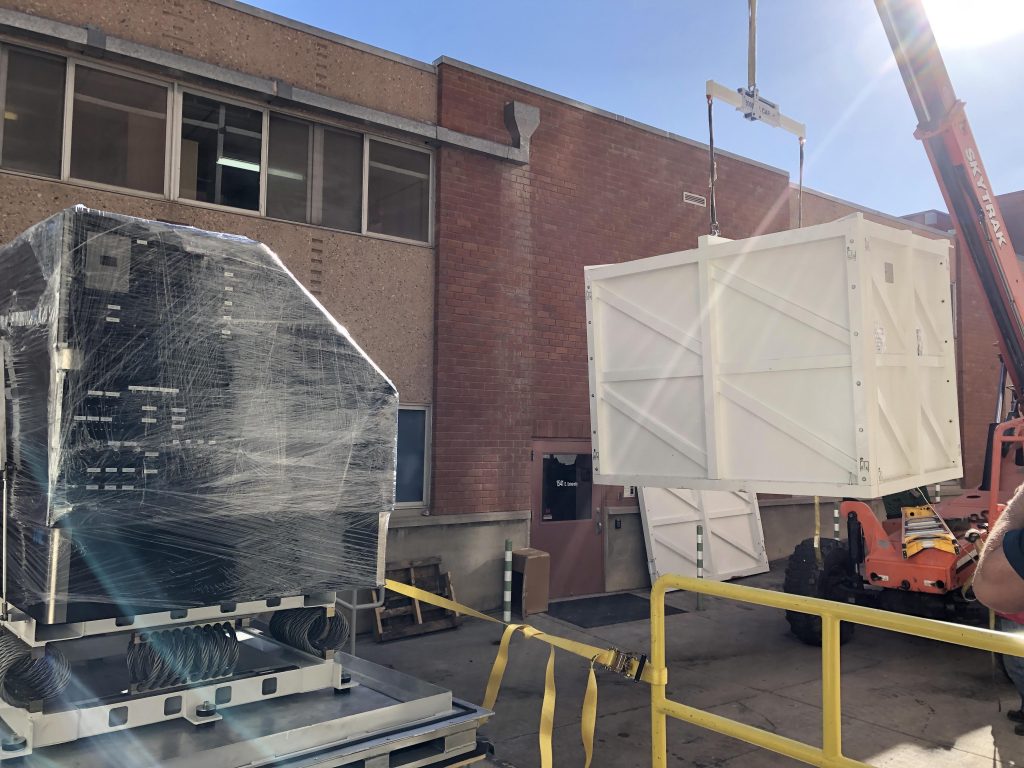
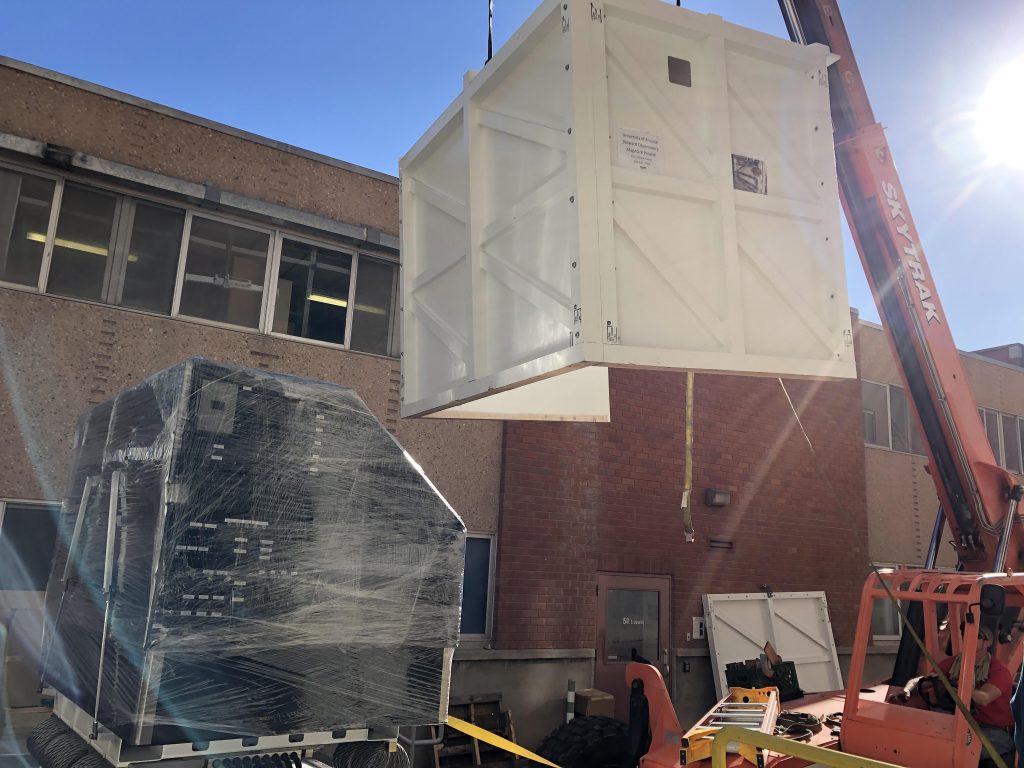
We boxed up the instrument and wheeled the packed crate back inside Steward, where it has stayed for a week before it ships out:
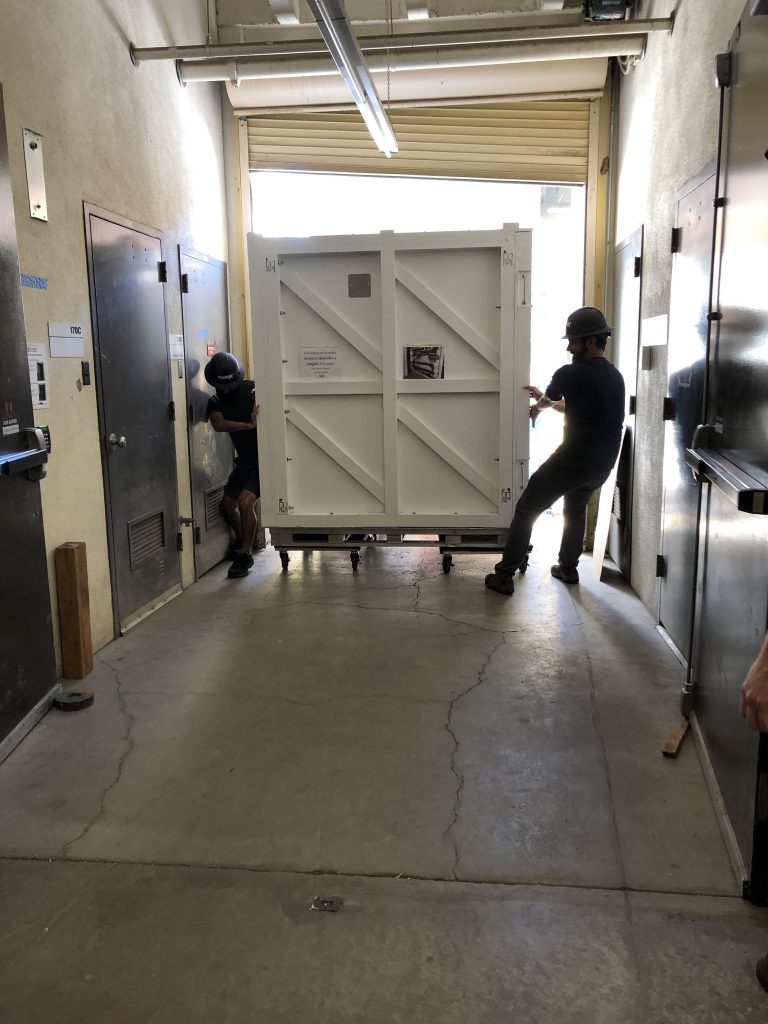
Jared trying to stop Kyle from getting squished 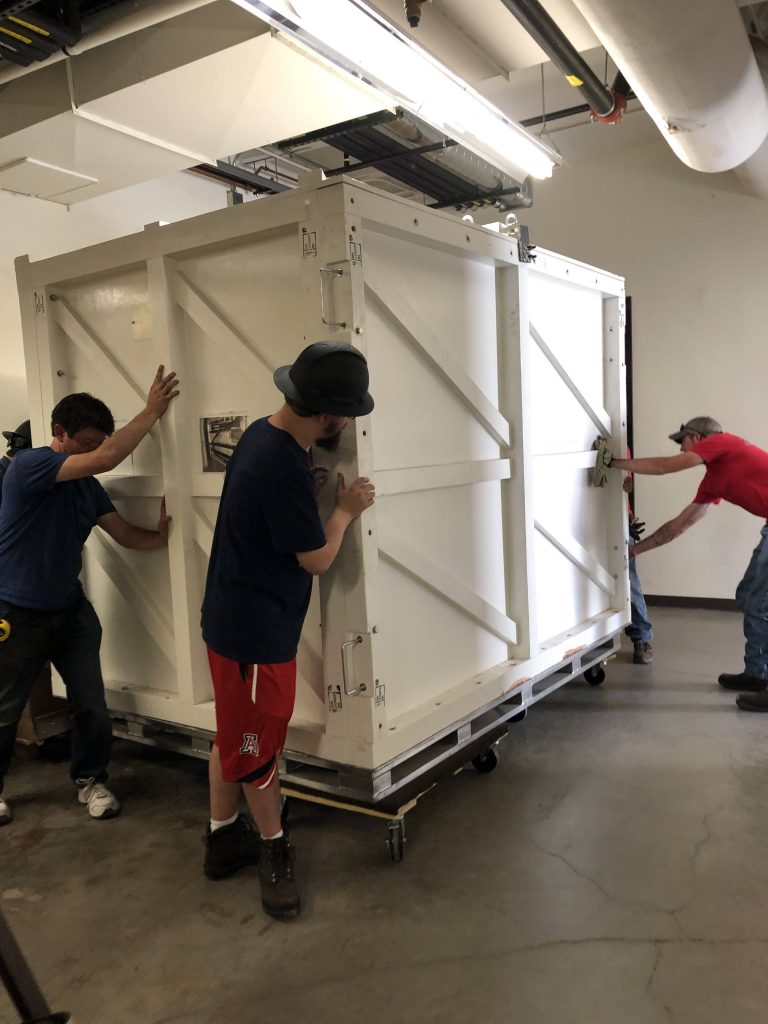
The crate is back in its original spot, but this time with the cargo inside
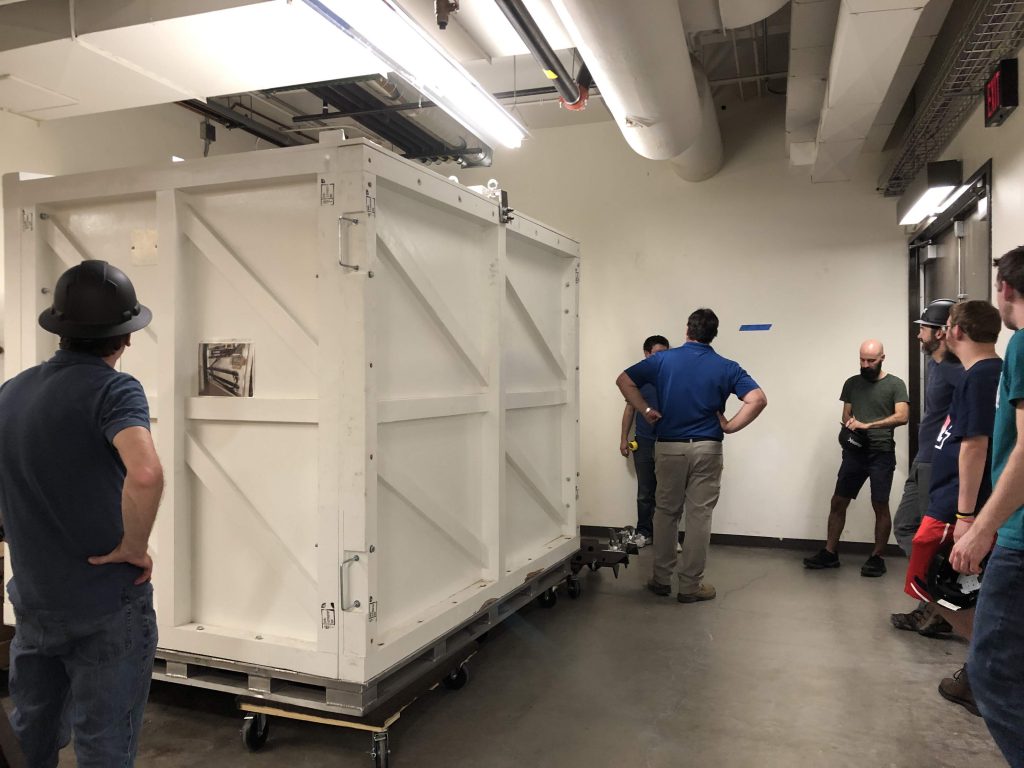
Within that week timeframe, we continued on with the shipping process. Two days were spent in the Mirror Lab for getting the electronics rack in its shipping crate. We began packing and inventorying all the equipment to send down to Chile:
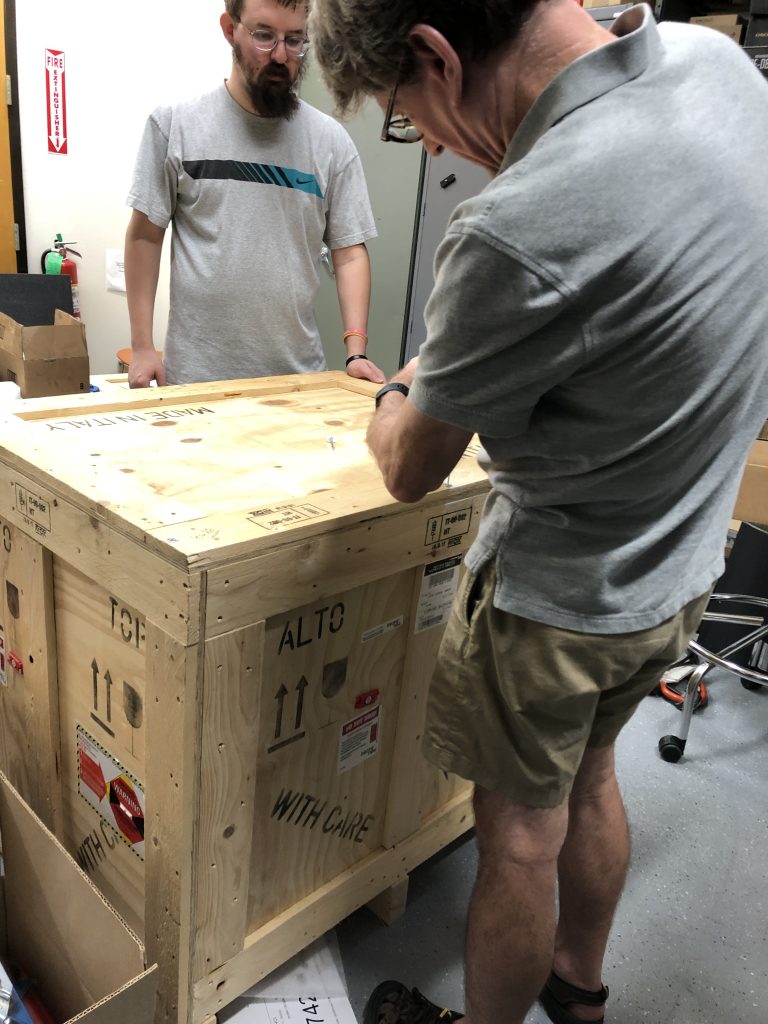
We modified one of the shipping crate’s side panels to add more viewing windows. Here’s one last look at MagAO-X in its crate, before it gets shipped off to Chile:
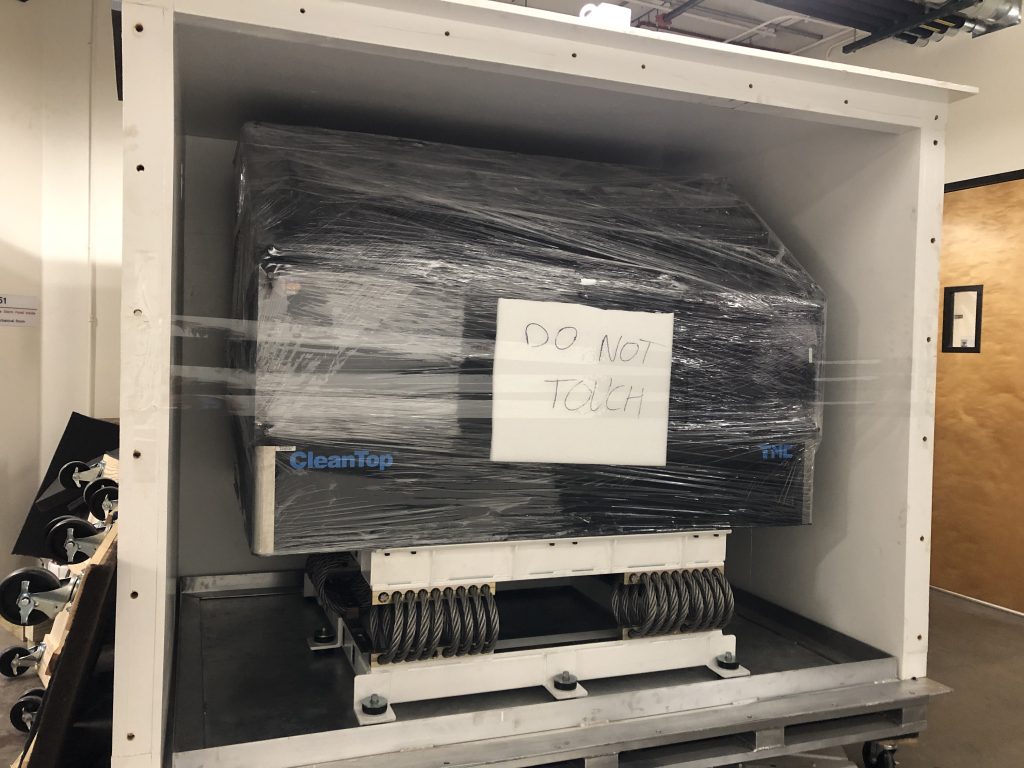
I’ve been working off-and-on MagAO-X since January 2017 on the simulation side doing Fresnel propagation analysis. Working in simulation means you don’t get a lot of interaction with the hardware. I got to see the instrument close up while helping in the shipping process, and it has been a rewarding learning experience. (Plus, my arts and crafts hobby finally became useful with lots of foam cutting, my heart was singing in delight for days) I’ve learned a lot with the team, and I’m sure we’re going to learn more as we continue on the next step of the shipping process.
The MagAO-X PI has rules. It is not necessarily a rule, but rather a recommendation to have a quote:
Jared: Stop having fun, this isn’t fun
The rule is having a song. I picked this one because it’s so strange adjusting to the change of not having MagAO-X in the lab after 2 years:
¡Vámonos a Chile!
Last Friday, MagAO-X underwent a pre-shipment review. This is the process by which the Magellan Observatory ensures that we won’t waste everyone’s time by shipping our instrument to the telescope. It’s a multifaceted process, evaluating everything from “does your instrument work in the lab?” to “have you baked your shipping crate?”
I’m happy to report that we’ve cleared this hurdle, meaning we’re taking MagAO-X to Chile for the 2019B* run! Many thanks to all of our reviewers and the observatory staff for productive discussions and suggestions. We look forward to getting on sky with MagAO-X this December! (Since this is the MagAO blog as well, it bears mentioning that we’ll be there in November too.)
* We use ‘A’ and ‘B’ to refer to the former and latter halves of the year, since “winter” means different months depending on your hemisphere.
Also, this means Jared feels it’s finally acceptable to hand out the 2019B mission patches I designed:
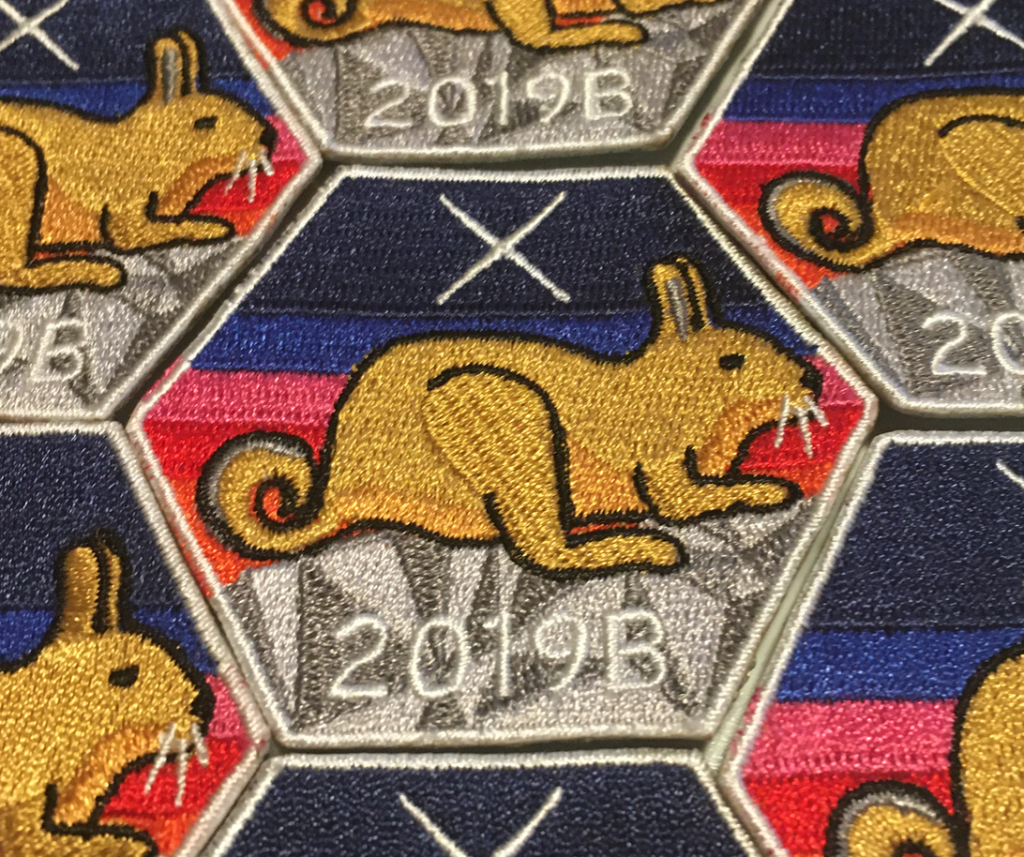
The patch depicts a viscacha, one of the local fauna of Magellan, perched on a rock at sunset. (As they do.) In the sky above, a point source is diffracted by some telescope spiders to form a stylized Magellan PSF. (Or possibly a MagAO-“X”.)
As long as I don’t run out of South American animals, I plan to do a patch for every run. Then I’ll put them all on a vest and look like the world’s nerdiest boy scout.
Part of being in the XWCL is following the P.I.’s rules:
- No unauthorized use of the label maker
- No coding in MATLAB
- No circus activities
- No volunteering for Olivier
- No metric shit running around in the lab
- Every post must have a song of the day
- No unauthorized use of the label maker
I regret that I forgot rule #6 in my last post, so I will take this opportunity to rectify my mistake with two songs of the day.
I’ve been digging this song about not being too hard on yourself by Alex Lahey:
And if I had been thinking about a song of the day for the back-to-school post, it might have been “Restart” by Little Daylight:
Hasta pronto.
MagAO-X goes back to school
Tucson in the summer is a bit like this, only less exciting.

However, summer is waning. (Why, it’s only 99ºF at 7:00 p.m. as I’m writing this!) Tucson is filling back up with new and returning students, and I’m no longer guaranteed a table to myself at my favorite coffee shop.
This semester, we are happy to be welcoming two new graduate students to the group!
NSF Fellow Logan Pearce (whom you may remember from this special guest appearance) is joining us in the Department of Astronomy from the University of Texas at Austin. And Maggie Kautz, another NSF fellow (and recent graduate from The University of Arizona) will now be pursuing her Ph.D. in Optical Sciences here and continuing her work with the XWCL. She was in Baltimore all summer working on the HiCAT testbed at Space Telescope Science Institute. Welcome, Logan, and welcome back, Maggie!
Meanwhile, in the lab, we’re sitting in the dark and occasionally pointing at things.

The final integration of the software and hardware for MagAO-X continues at a breakneck pace, with the number of tasks remaining before first-light described as “countably infinite”. I’d elaborate, but there’s so much to be done! More to come soon.
The MagAO-X Migration
To beat the harsh Canadian frost, most birds migrate south for the winter. In Tucson we have the opposite problem! As temperatures rose in the desert a group of us (Jared, Alex R., Kyle, Laird, and Lauren with alumna Kelsey Miller meeting us from Leiden) headed to Canada to beat the heat and present our research at Adaptive Optics for Extremely Large Telescopes 6 in Quebec Canada.
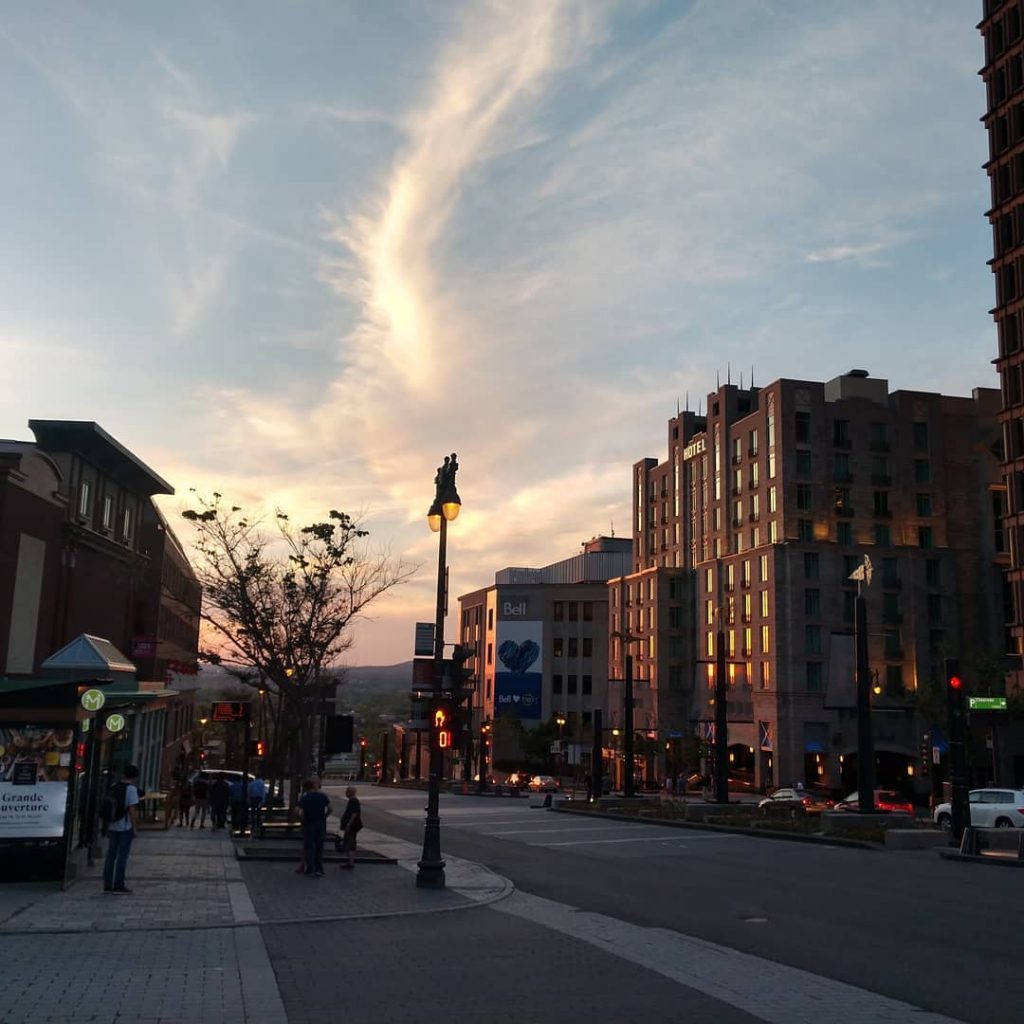
Some of us were a bit thrown off from the sudden transition from English to French, but for me who just got back from Marseille, it was interesting to see the differences between Canadian French and Parisian French. One thing that was definitely the same was the amazing French cooking. The MagAO-X students had a truly memorable night with alumna Kelsey Miller, who took us to a gastronomy restaurant well above the grad student paygrade. $20 and five thin potato slices later the hungry grad students ended up at a French Canadian Irish Pub (does that make sense?) just in time to grab some real food and watch the Stanley cup finals.
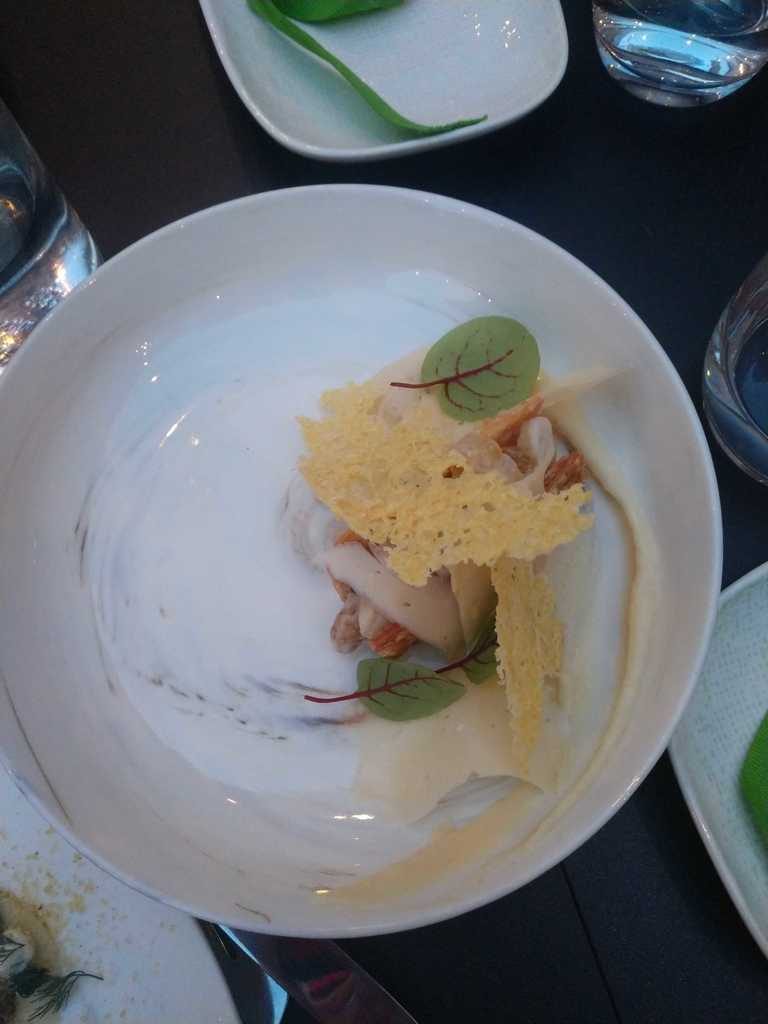
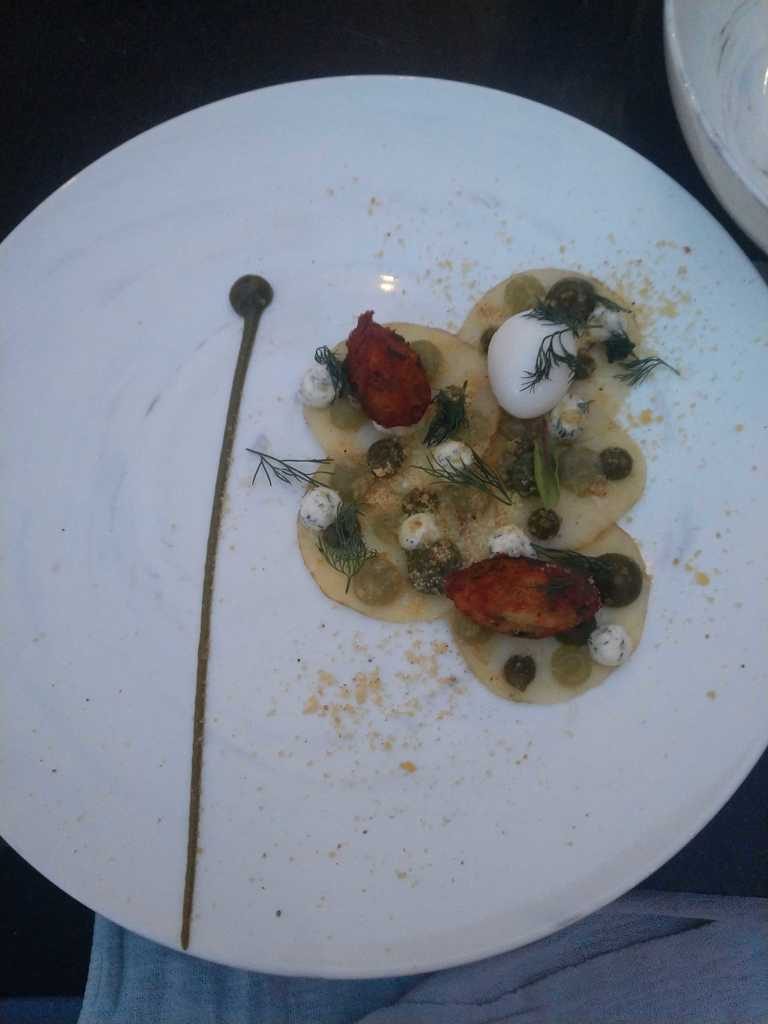
Speaking of memorable dinners, the conference dinner was the best I’ve ever been too! Really good food followed by an incredible musical group. They could play any song on the spot on their classical instruments, and spiced things up with acrobatic displays (never missing a note!). Our very own Kyle Van Gorkom was even lucky enough to be chosen as an audience volunteer! They projected his face onto a screen for a very silly comedic dance.
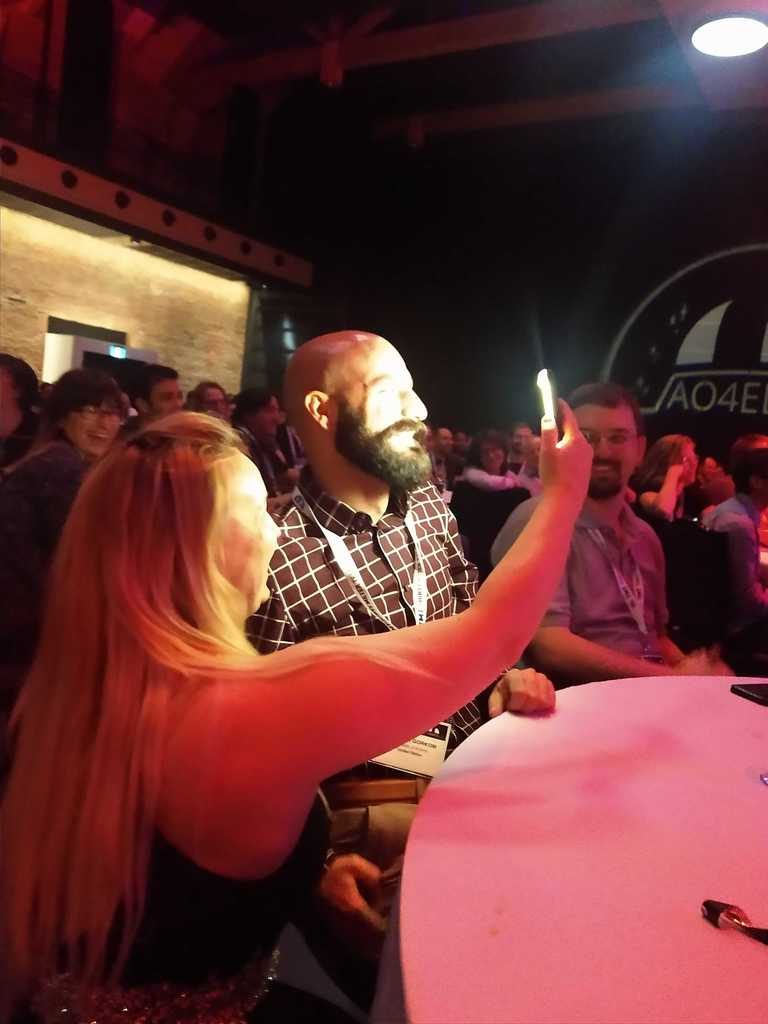
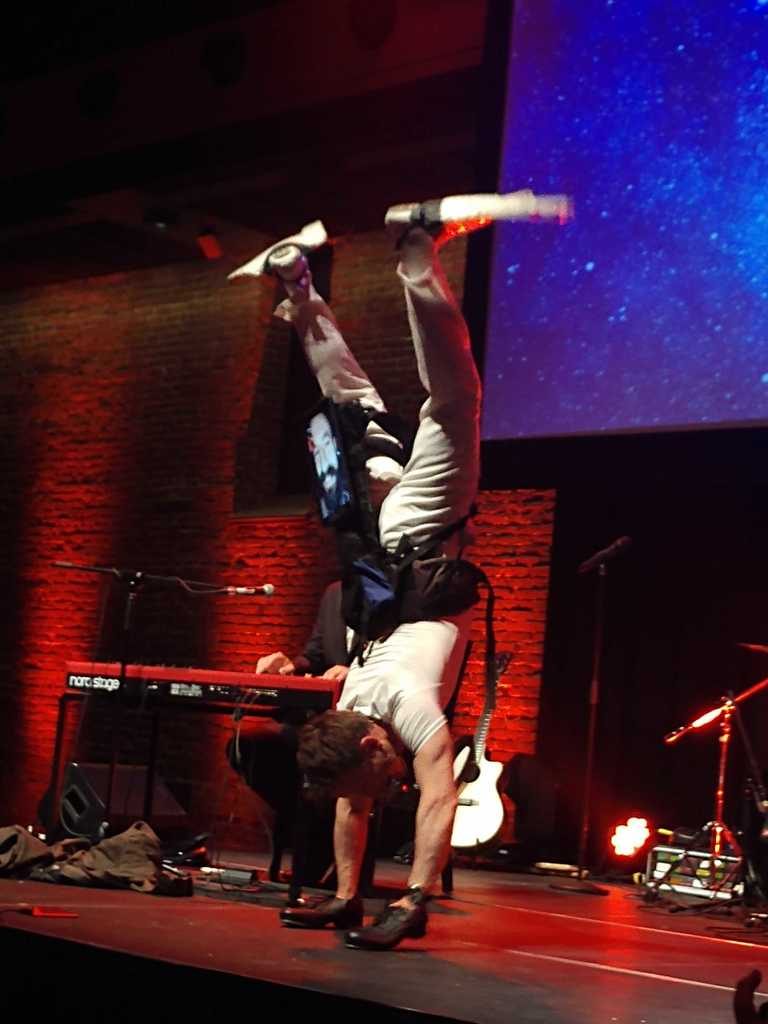
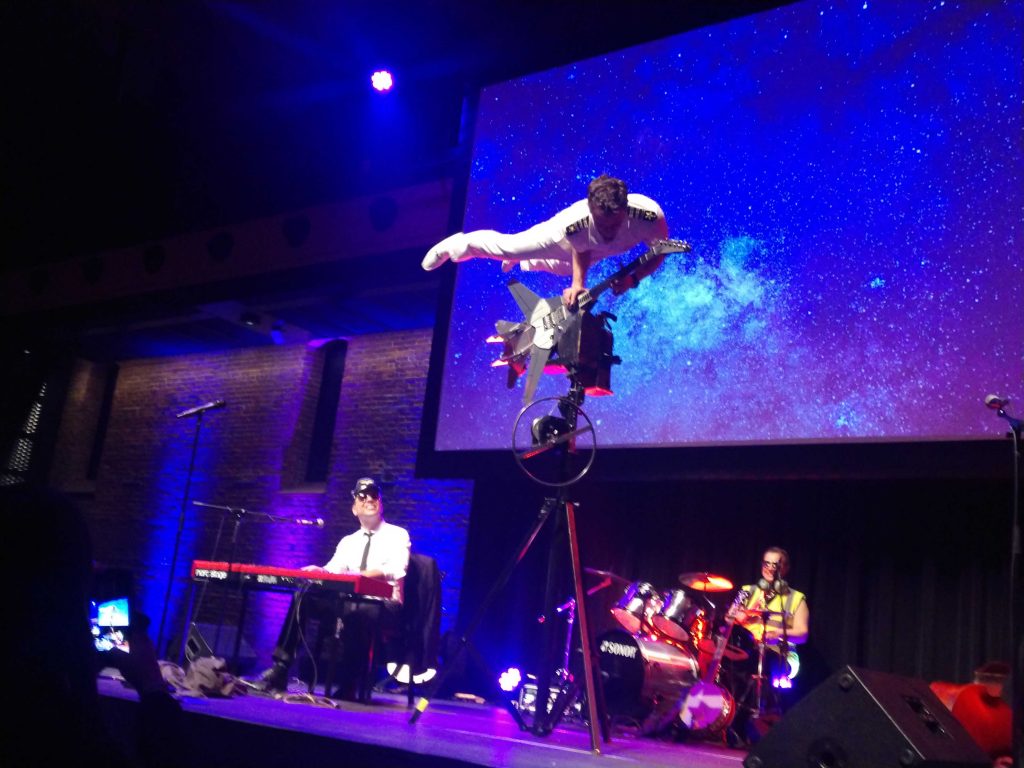
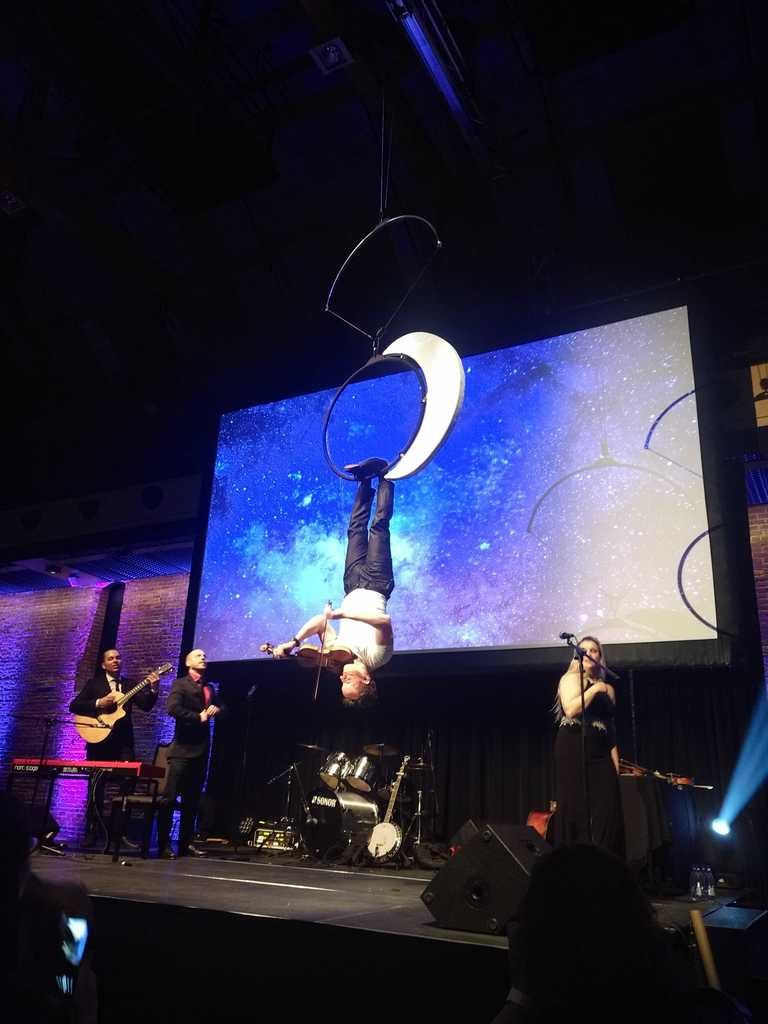
But things weren’t all fun and games for the MagAO-X crew. We were all hard at working presenting our current results and building anticipation for our first light run. In order of presentation …
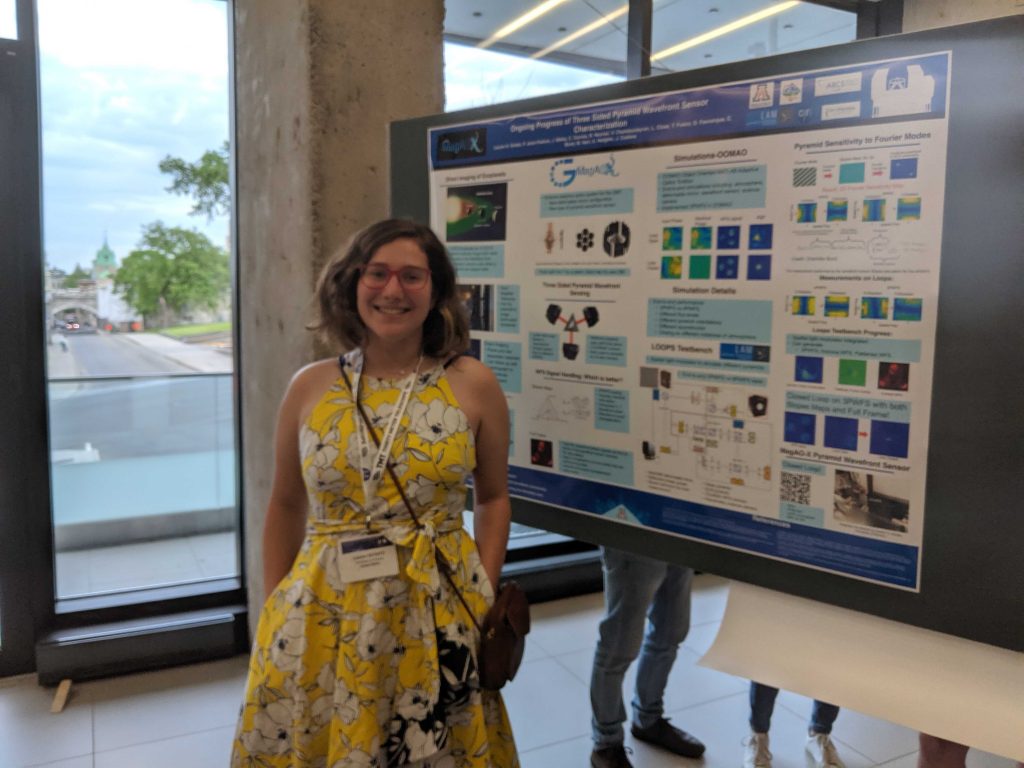
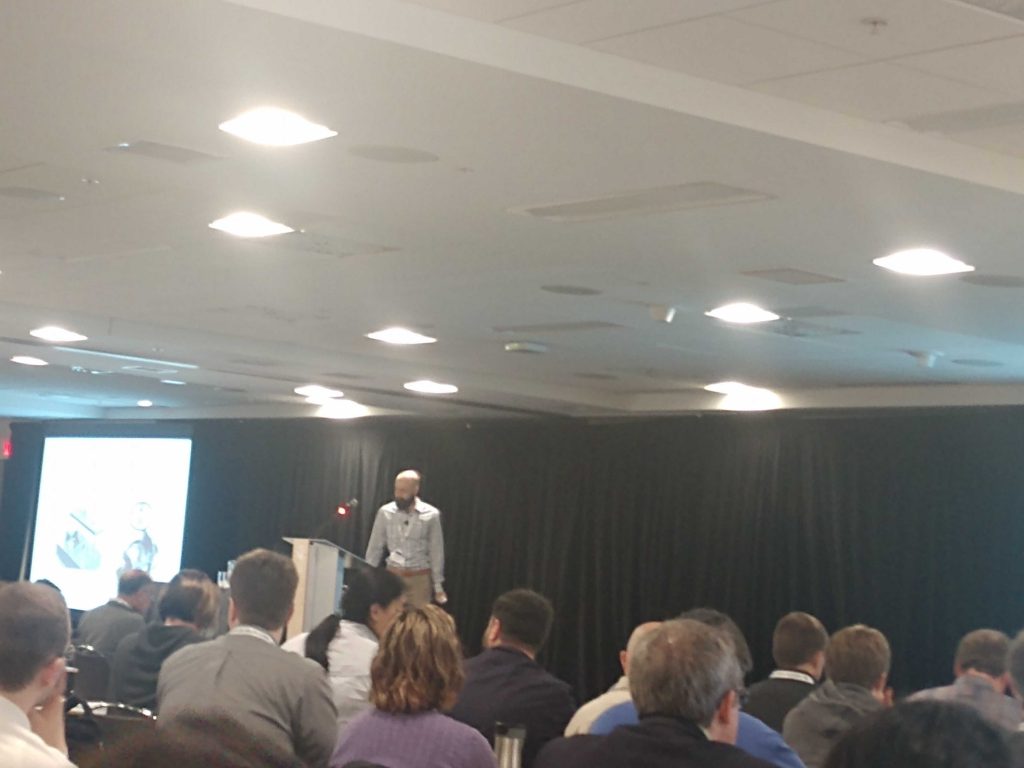
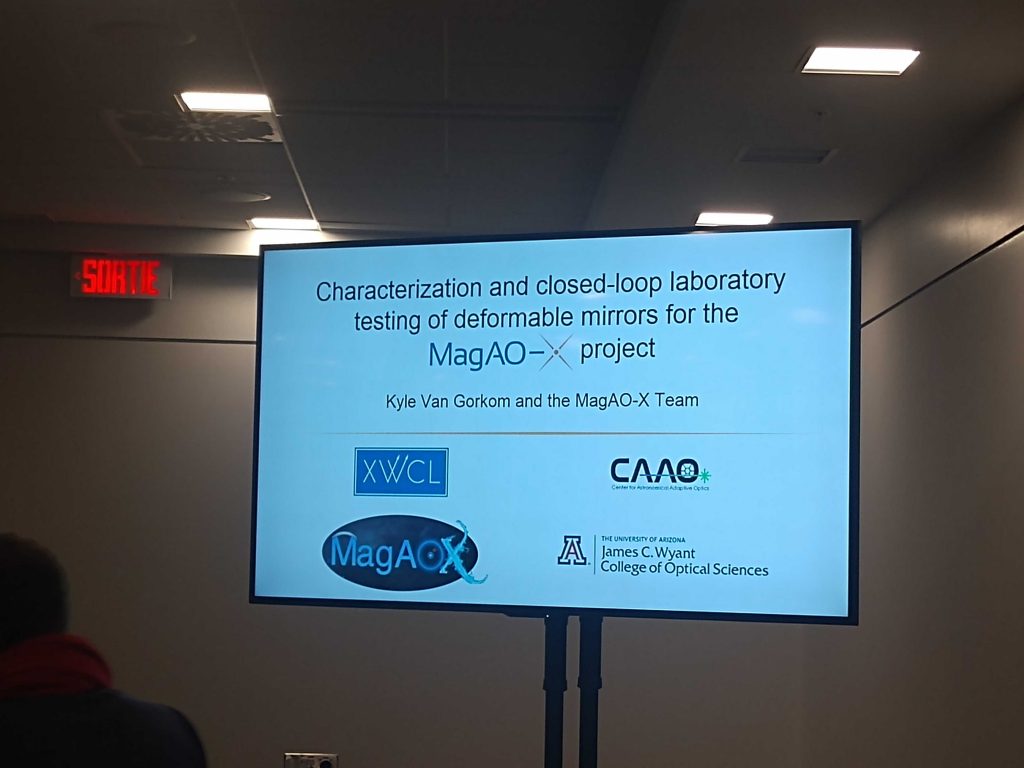
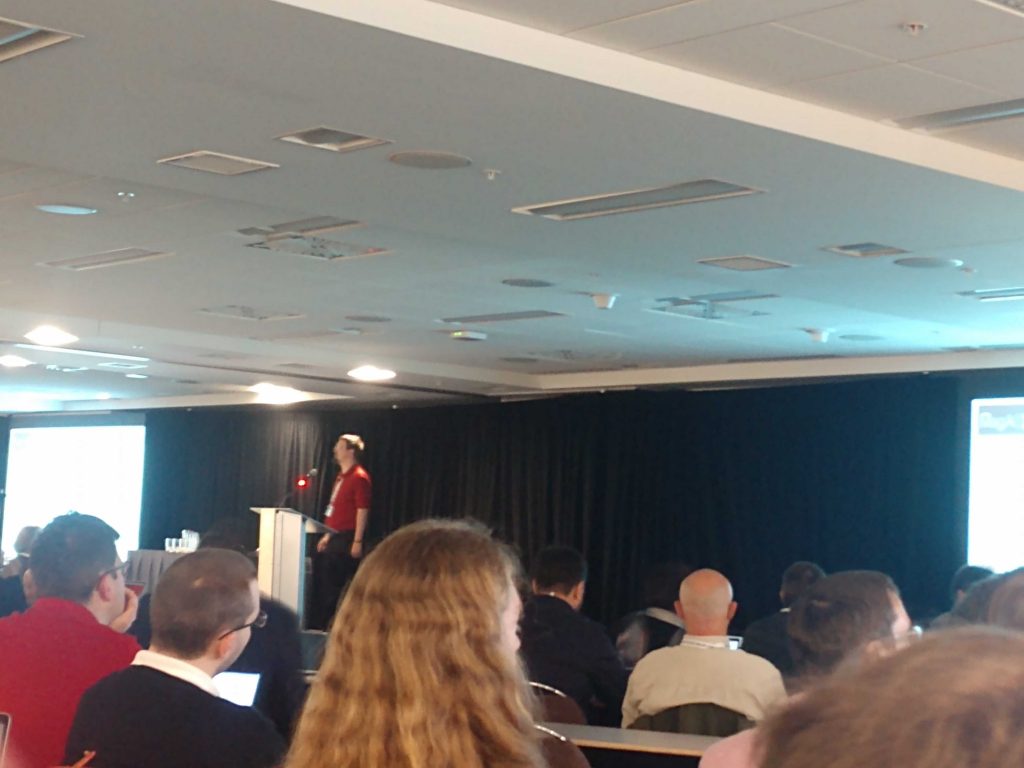
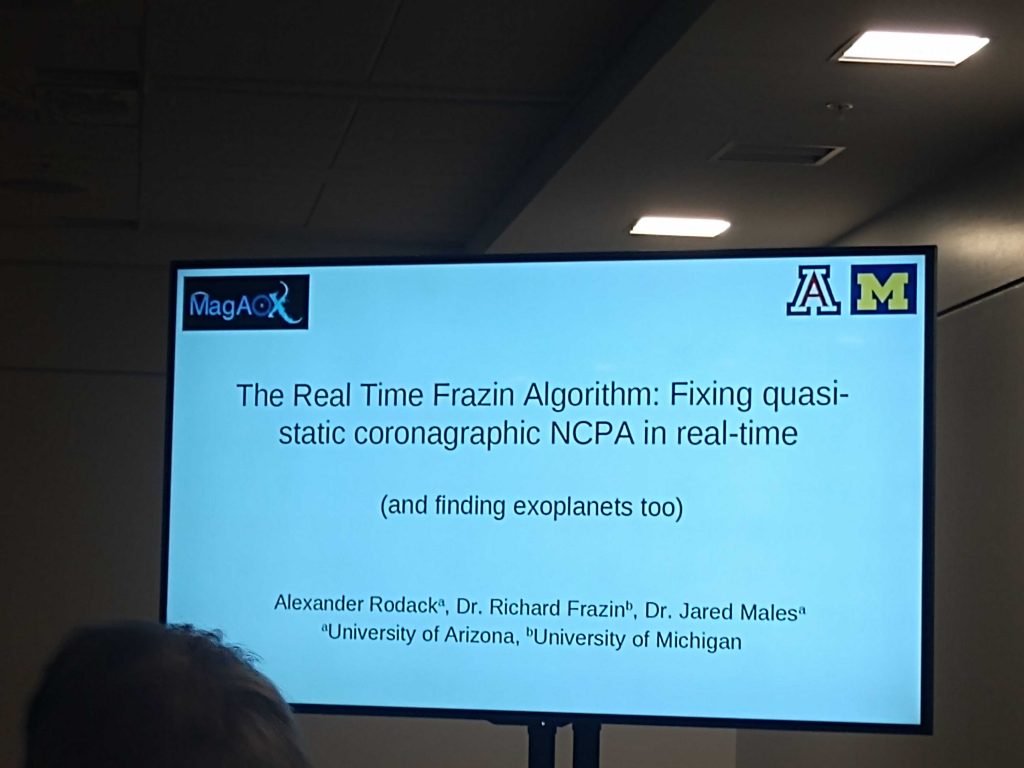
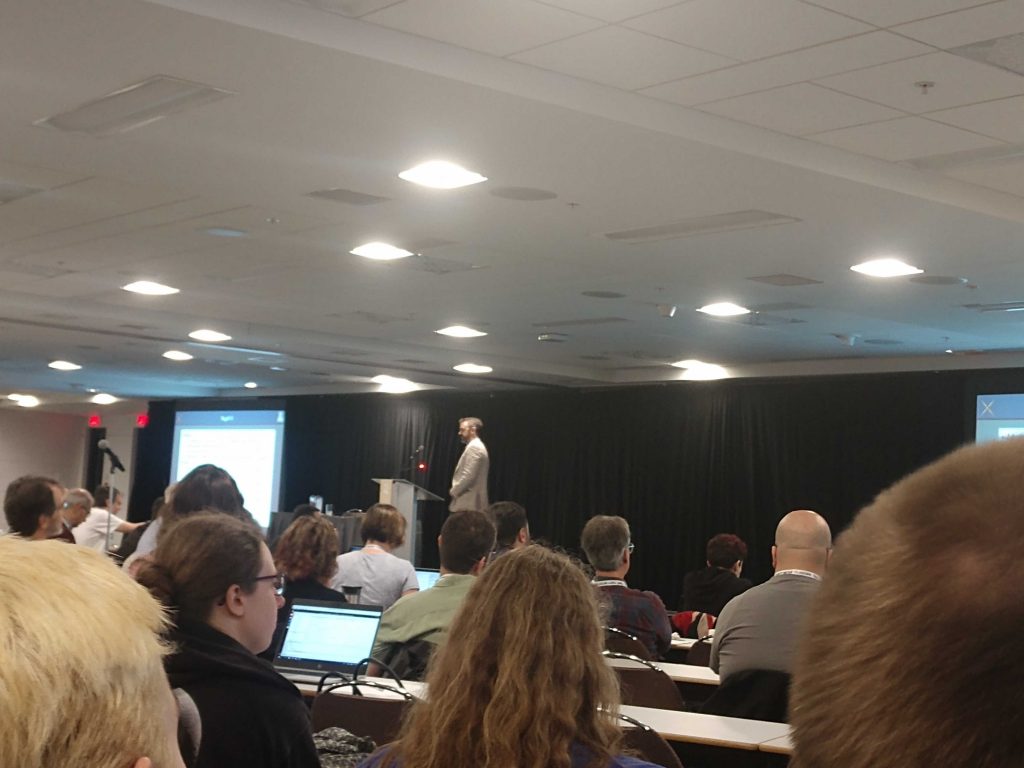
(Kelsey and Laird also had posters but we were bad students and didn’t take photos….)
We are all back in Tucson now, but I for one am missing the lovely weather. At least I have my heap of maple flavored snacks to remind me of cooler temperatures and a great trip. Although we didn’t see any Canadian Geese this trip, they are this post’s song of the day.
-Lauren
